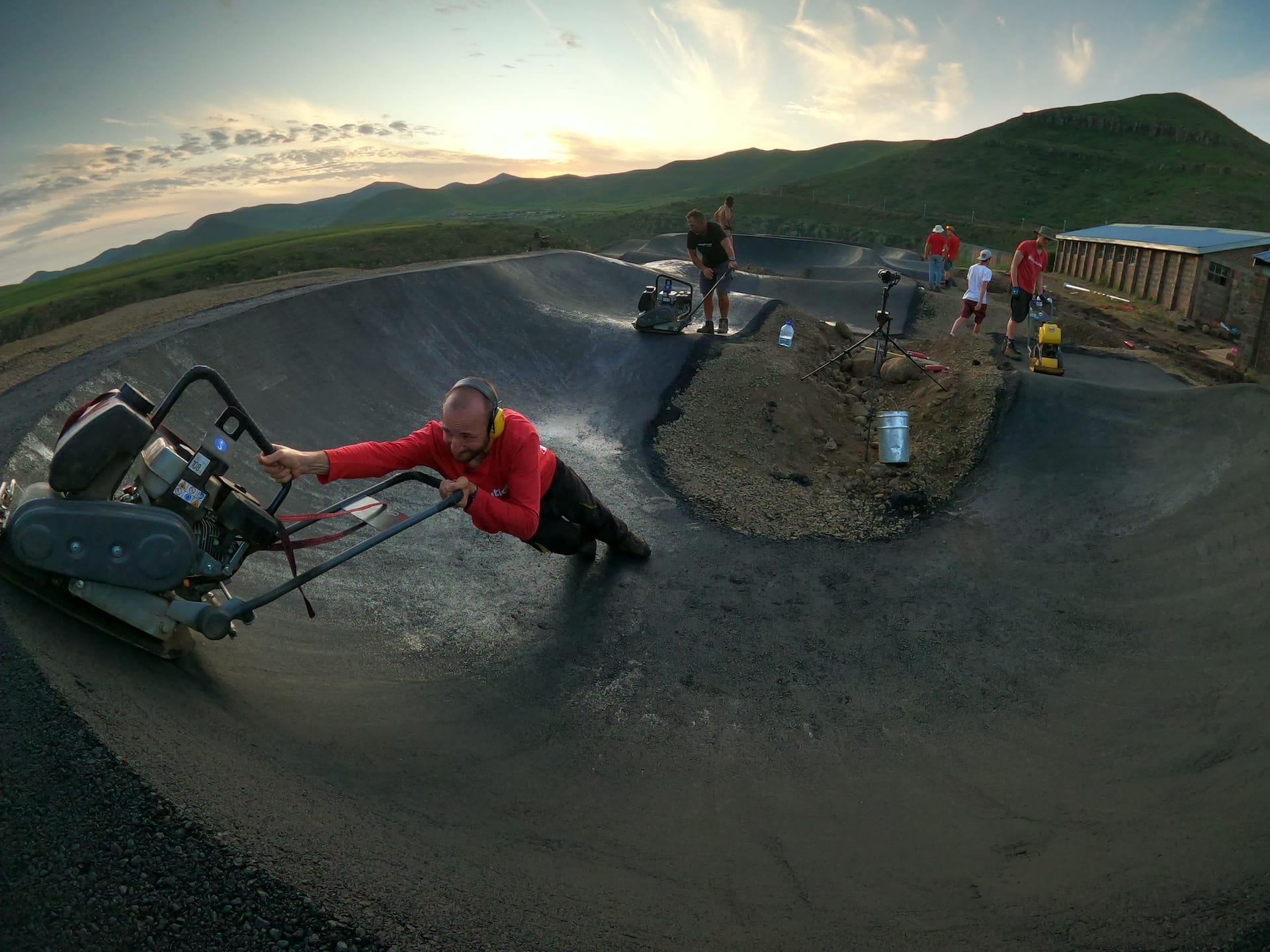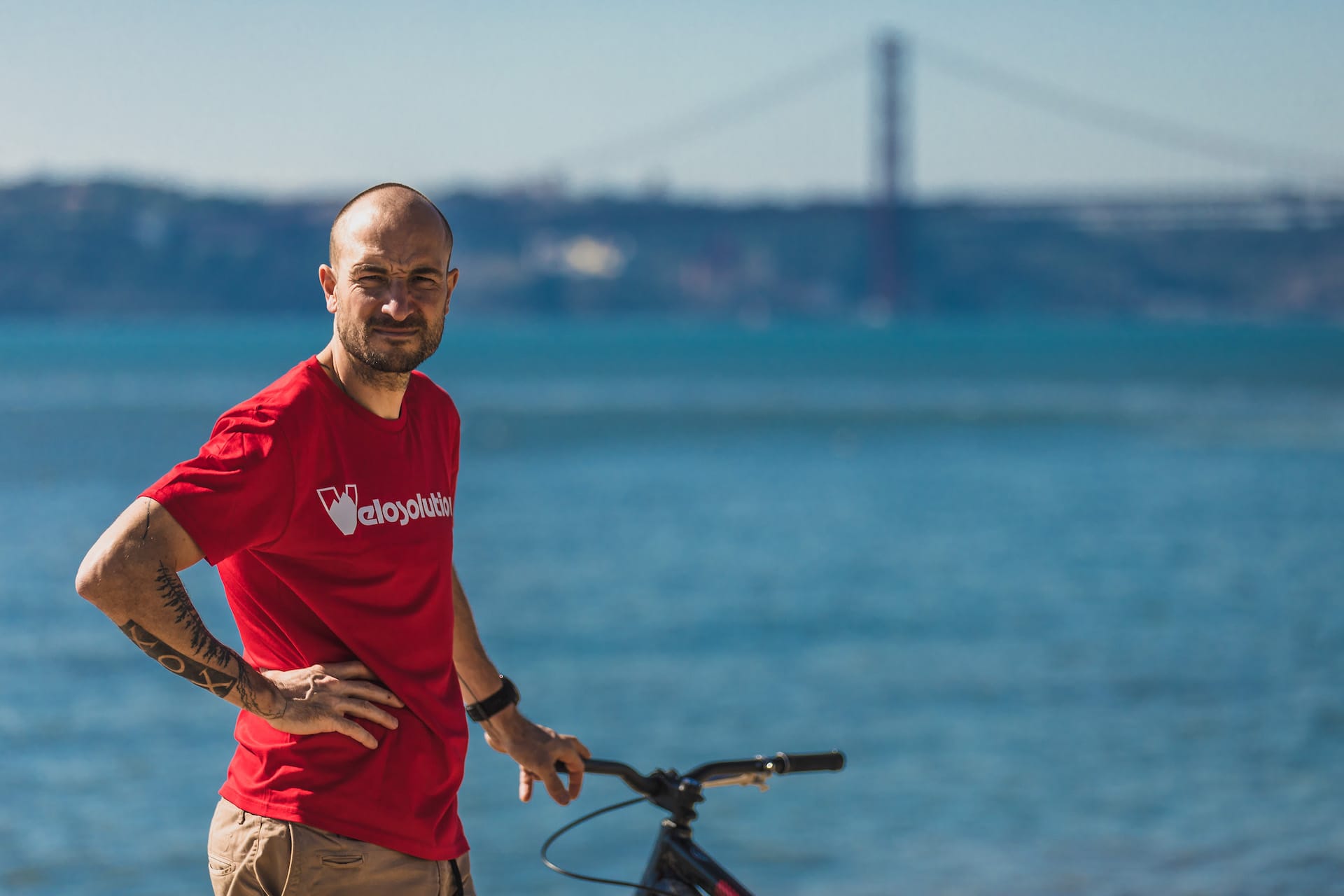Dean Hersey chats to the ball of energy that is Claudio Caluori.
Words Dean Hersey Photography Red Bull Content Pool, Dan Griffiths, Tyrone Bradley, Dan Milner, Meri Hyoki
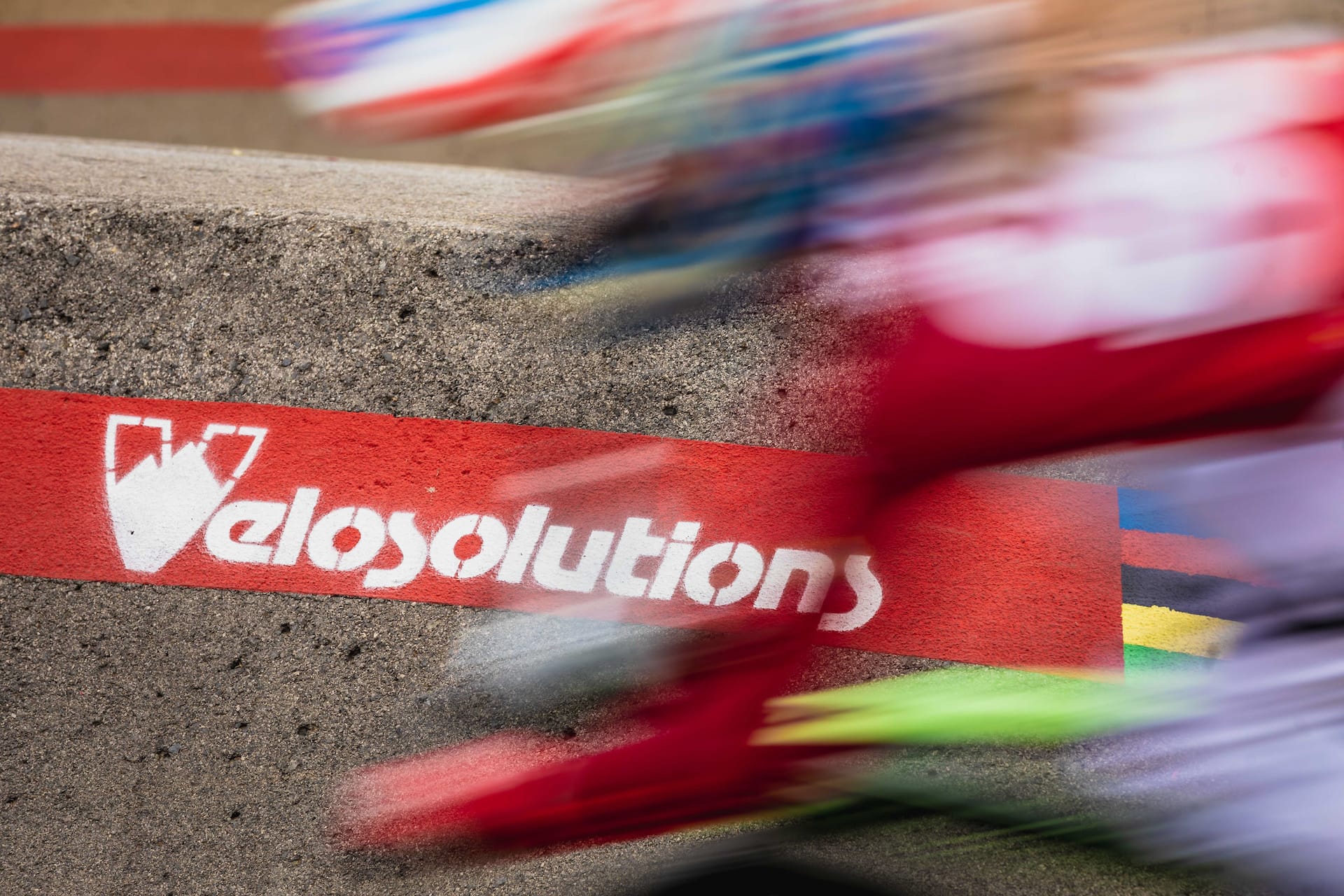
You don’t have to dig too far into the colossal internet mountain of videos to have come across Claudio Caluori, or at least his voice. Arguably, he’s most famous for his Red Bull TV Mountain Bike World Cup racing commentary and his POV course previews featuring his impressive running commentary and screams of terror mid-run. Those among us who have attempted to ride (let alone race) down a modern World Cup downhill track will know that surviving is the highest priority for us mere mortals. So it was all the more impressive to hear Claudio talk through each and every feature while keeping up with World Cup racers in front of him. He can clearly ride a bike. Before his renowned work in front of the camera, Claudio had started racing bikes when he was 16, competing at cross-country before tackling downhill events in Switzerland. With seven national downhill titles, he broke onto the international downhill scene and scored an impressive fourth place at the iconic Mont-Sainte-Anne Downhill World Cup in 2002.
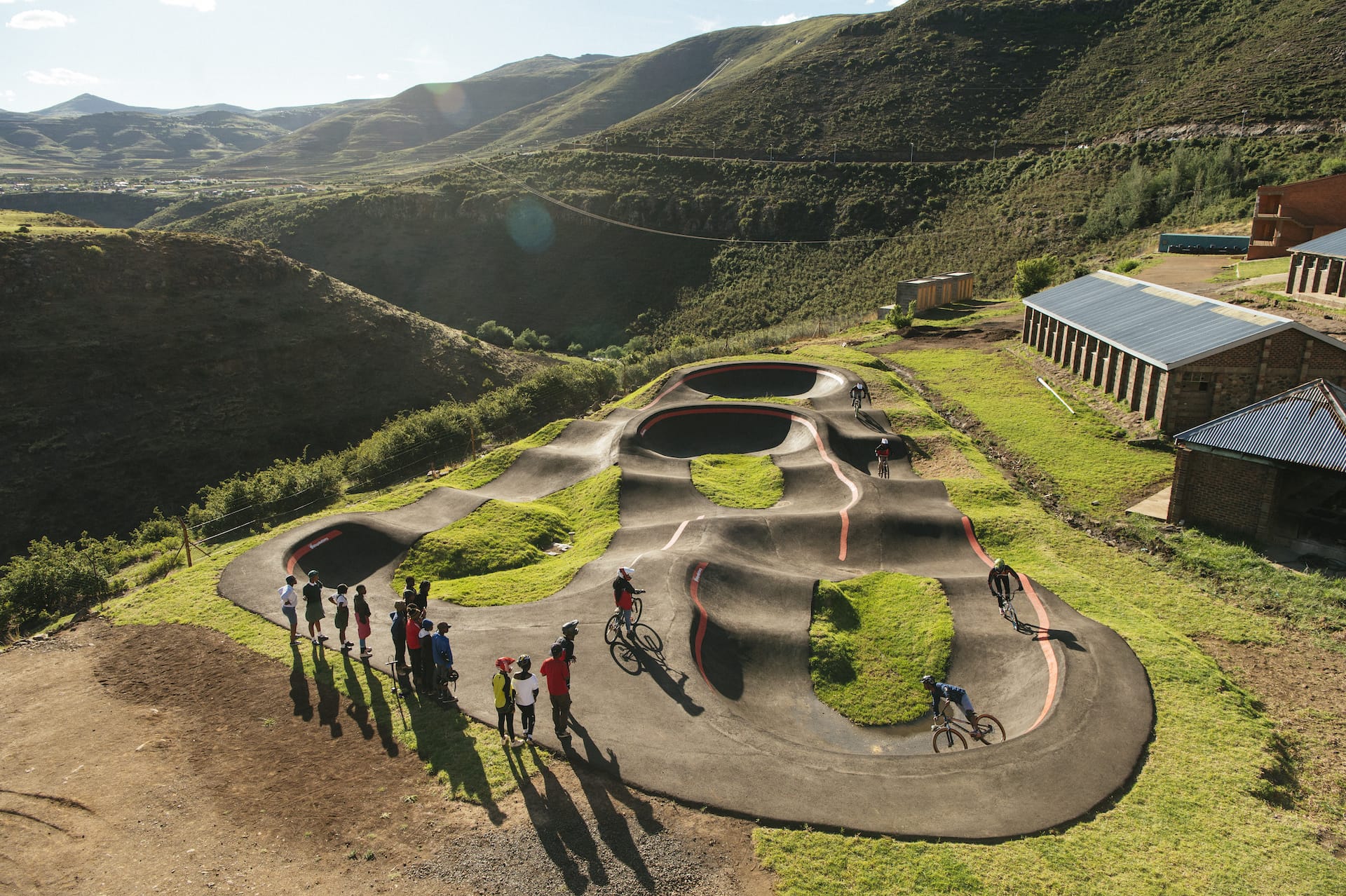
However, it’s not his past accolades, but the whispers of what he is doing now that have caught my attention. Catching him in-between his many ventures, family life, and when he wasn’t on site in an excavator, proved a tad tricky. Eventually I managed to grab some of his precious time to talk about his trail building company, Velosolutions, and its sibling not-for-profit Pump for Peace programme, which aims to bring the joy and benefits of pump tracks to a more diverse audience. I wanted to find out why he has chosen to dedicate his time to these projects, and gain some insight into the challenges that they face and a snippet of his ideas for the future.
Finishing the race
I first wanted to know how Claudio transitioned from bike racer to where he is today, and what factors might have affected the difficult decision to stop racing bikes. He explained that it was a gradual transition. “It wasn’t exactly a clean cut from quitting racing to becoming a team manager and a businessman. If you want to call me a businessman?” he chuckles.
Alongside two friends he started Velosolutions back in 2004 while he was still a full-on pro racer, but they really counted on Claudio to quit racing. So things stalled for a few years until his racing career had run its course at the end of the 2007 season. “That decision came after I maxed everything out I could in my racing career. I shared the same trainer as Greg Minnaar, took on a nutritionist and mental coach. I lived that programme for the whole year, every minute. But after all that effort I didn’t progress any further, so I figured it was time to find something new.”
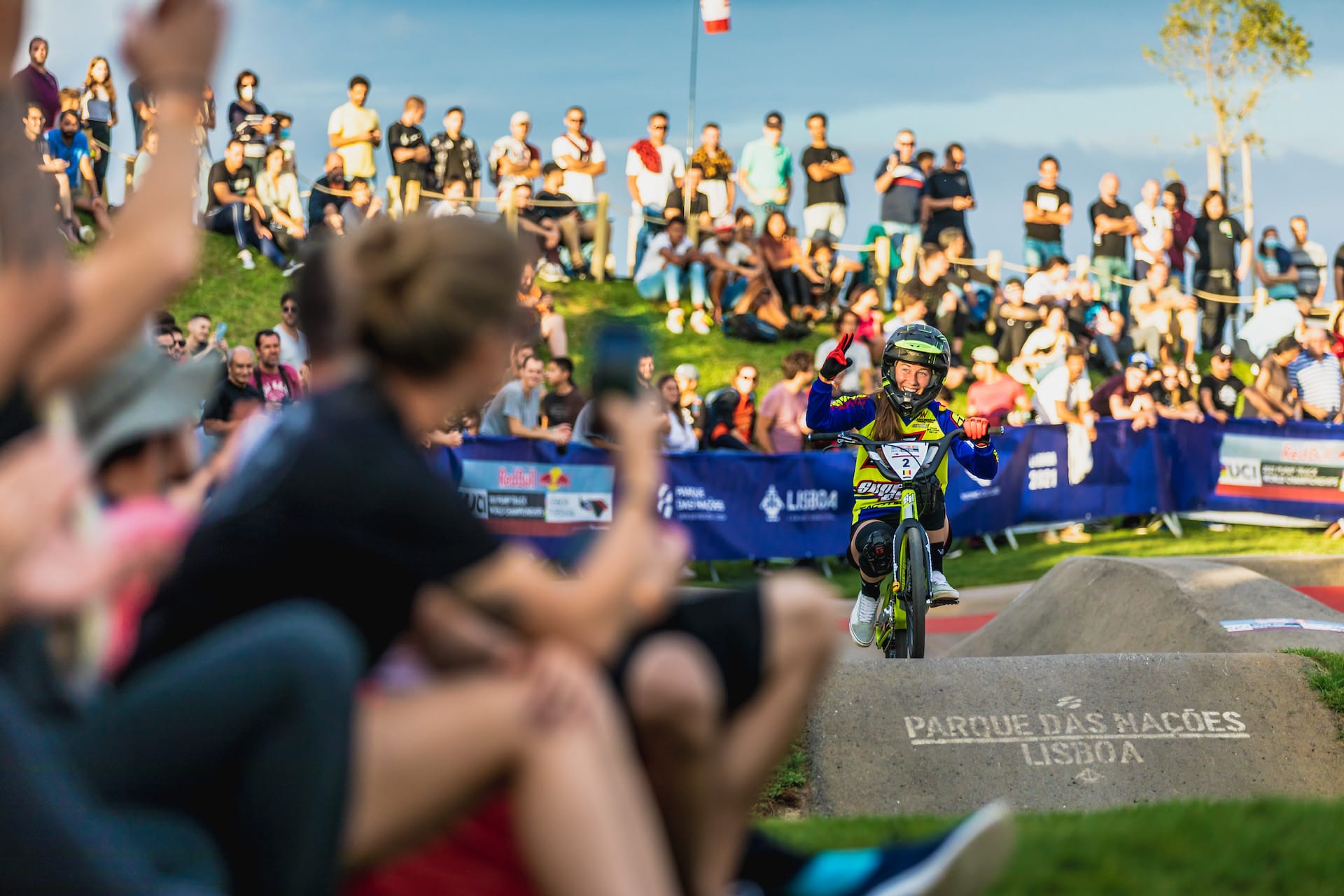
Once he’d hung up his helmet from racing, the opportunity came up to create the Tomac Factory racing team – a team he’d raced with in the past. The brand faded for a while before it came back in 2008 and the factory was looking for someone to run the team. “Once I had made that decision I was 100% focused on building that team. At the same time Velosolutions started to get a few jobs.” Velosolutions designs and builds everything from bike park trails to pump tracks and they even created the infamous Champery Downhill World Championships track in Switzerland.
The next chapter for Claudio included an extended stint at the reins of another World Cup downhill team. This time it was the Swiss brand Scott. They became interested after seeing what had been done for the Tomac team. Meanwhile the pump track thing started to gain momentum in 2012. Claudio excitedly reminisces: “We made the first asphalt pump track in Chur in Switzerland, where I live, and you know from there it all just went crazy. Once we built that one it kind of went viral. It exploded all over the world; we were receiving requests from everywhere.”
Since then Caluori has guided and developed Velosolutions into a successful and recognisable brand. With teams present in 25 countries worldwide they have become the world’s premier constructor of pump tracks and bike parks, building multiple tracks around the globe at the same time. Here in the UK, the demand is as high as ever – it’s fair to say that everyone would love to be able to roll out of their gate down to the local pump track and maybe one day there might be as many pump tracks as there are football pitches. There is an ever-expanding portfolio here in the UK. “We have 33 completed tracks, two more that are currently a work in progress and many more on the horizon,” Claudio confirms. It would be worth keeping your fingers crossed and your ear to the ground to see if your local town will host its own asphalt work of art sometime soon.
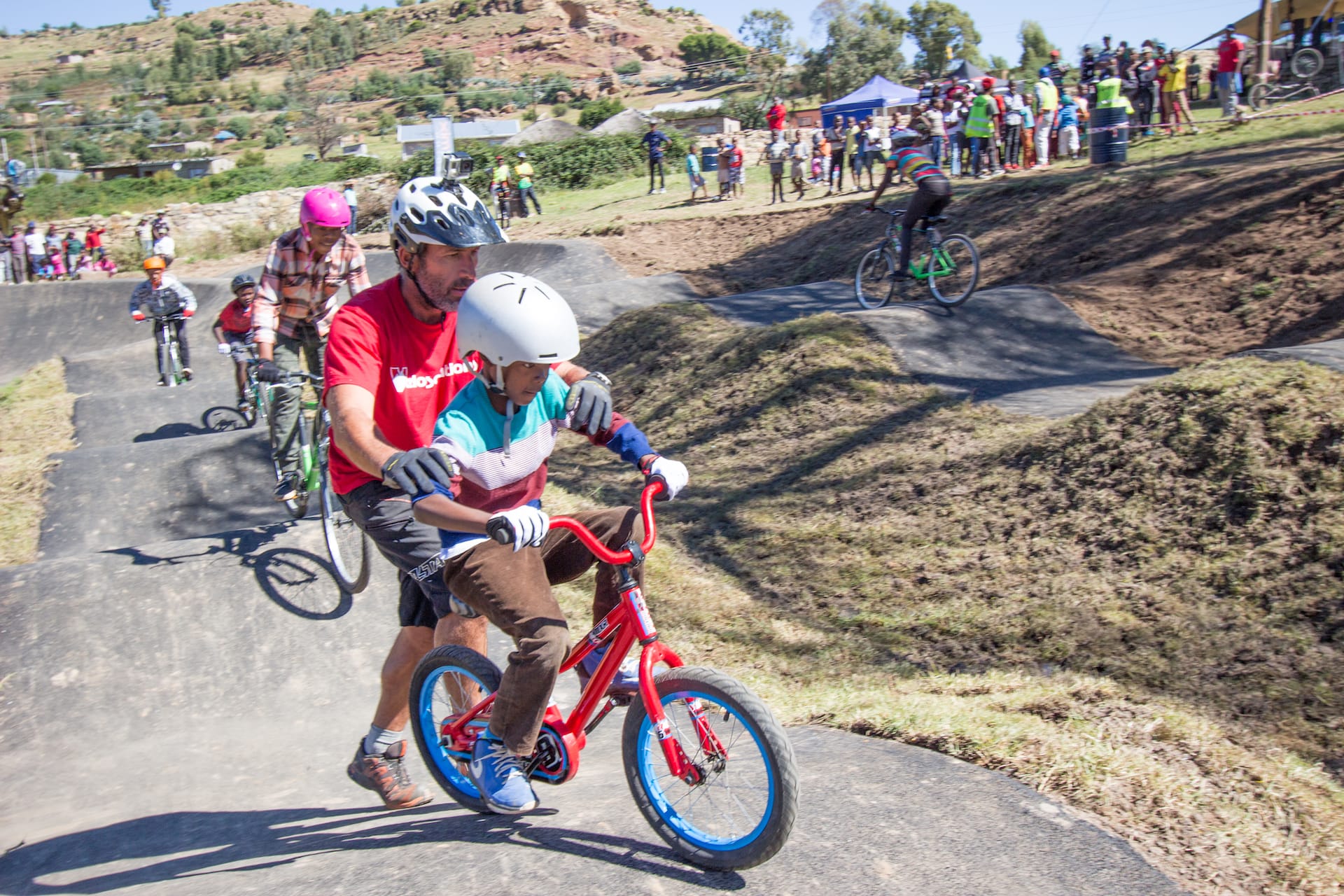
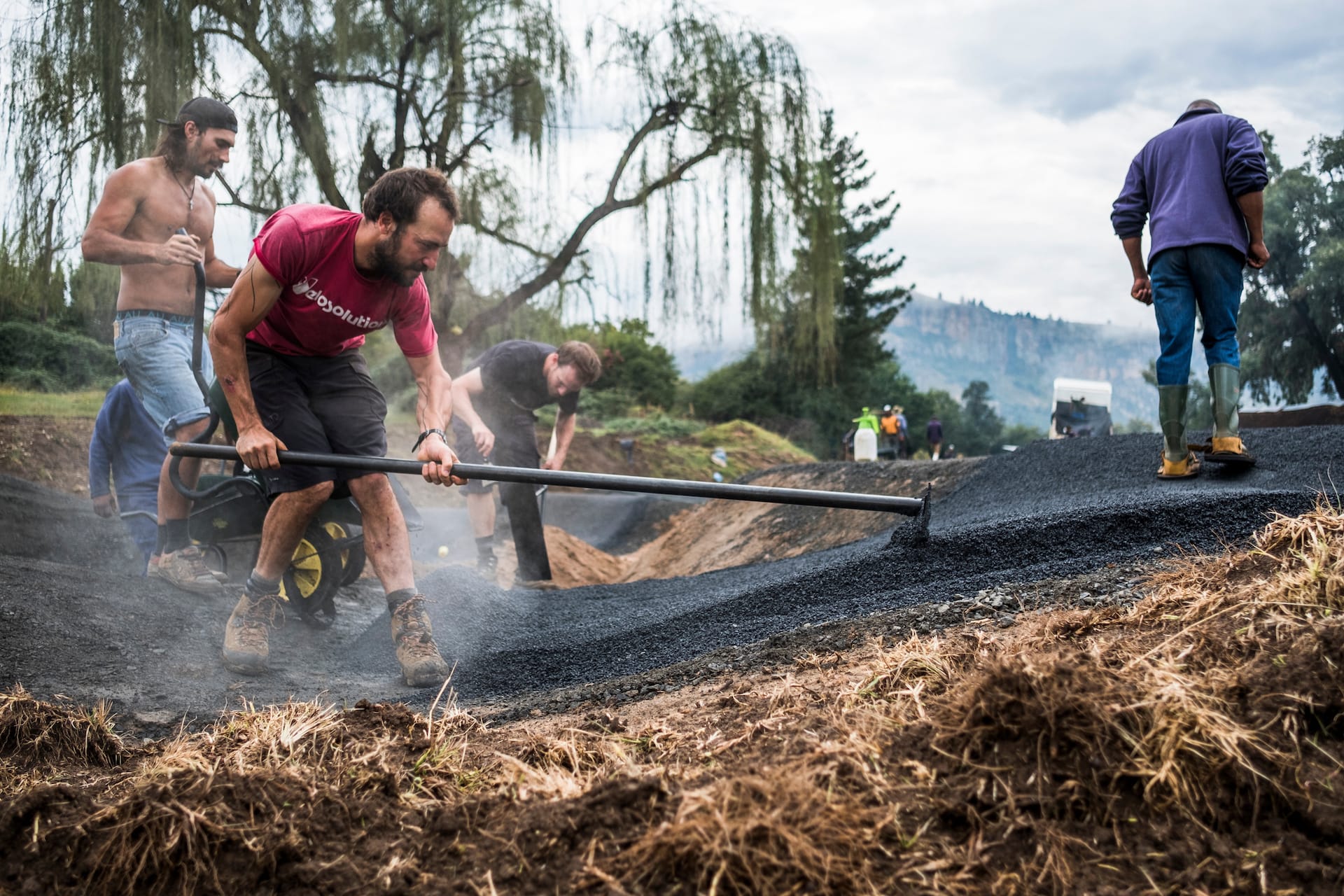
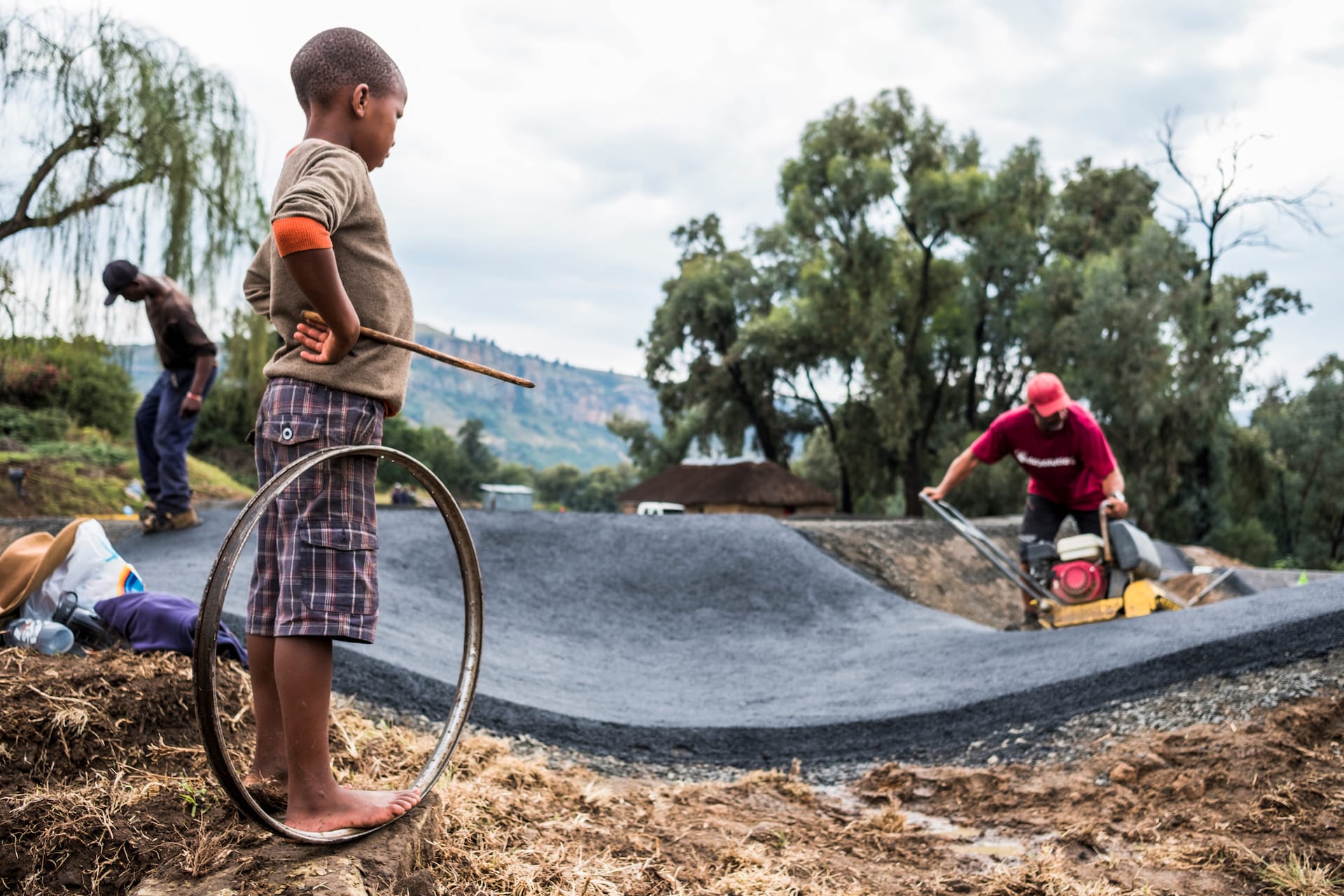
I think the most incredible feat for Velosolutions and their asphalt pump tracks is the inclusivity. These tracks work exceptionally well for both five-year-olds learning to ride and seasoned pros alike. They are not just for bikes. If you spend more than five minutes at one of their many sites you will find all sorts whizzing around and around. From scooters and skateboards to wheelchairs and inline skaters, they really work for everyone with wheels.
All-inclusive
Taking the inclusivity thread a step further, Claudio founded the Pump for Peace programme. It began when Velosolutions built a pump track in Thailand, close to the Cambodian border. Helping to set the scene, Claudio touched on what they witnessed as they first arrived at the site. “The track is close to a small village, homes that were nothing more than boxes. It felt really weird. We were building this for a super-rich guy, but it is right in front of this village where all these kids lived in poverty. I was concerned that the kids wouldn’t get to use it and it would just be for these few wealthy families.” The mood of the interview shifts to more of a serious and sombre note. It is clearly a moment that has more than struck a chord with Claudio. He continues: “From the moment we laid the last section of asphalt all of these children came running out from their huts with whatever they had. You know, they had rusty old junk bikes, with broken off pedals with just bare feet on the axles. They just rode and rode for days. I couldn’t believe what I was seeing.” Claudio passionately felt that they had to find a way to make these tracks for everyone and more open, and this is the reason they founded the non-profit organisation Pump for Peace.
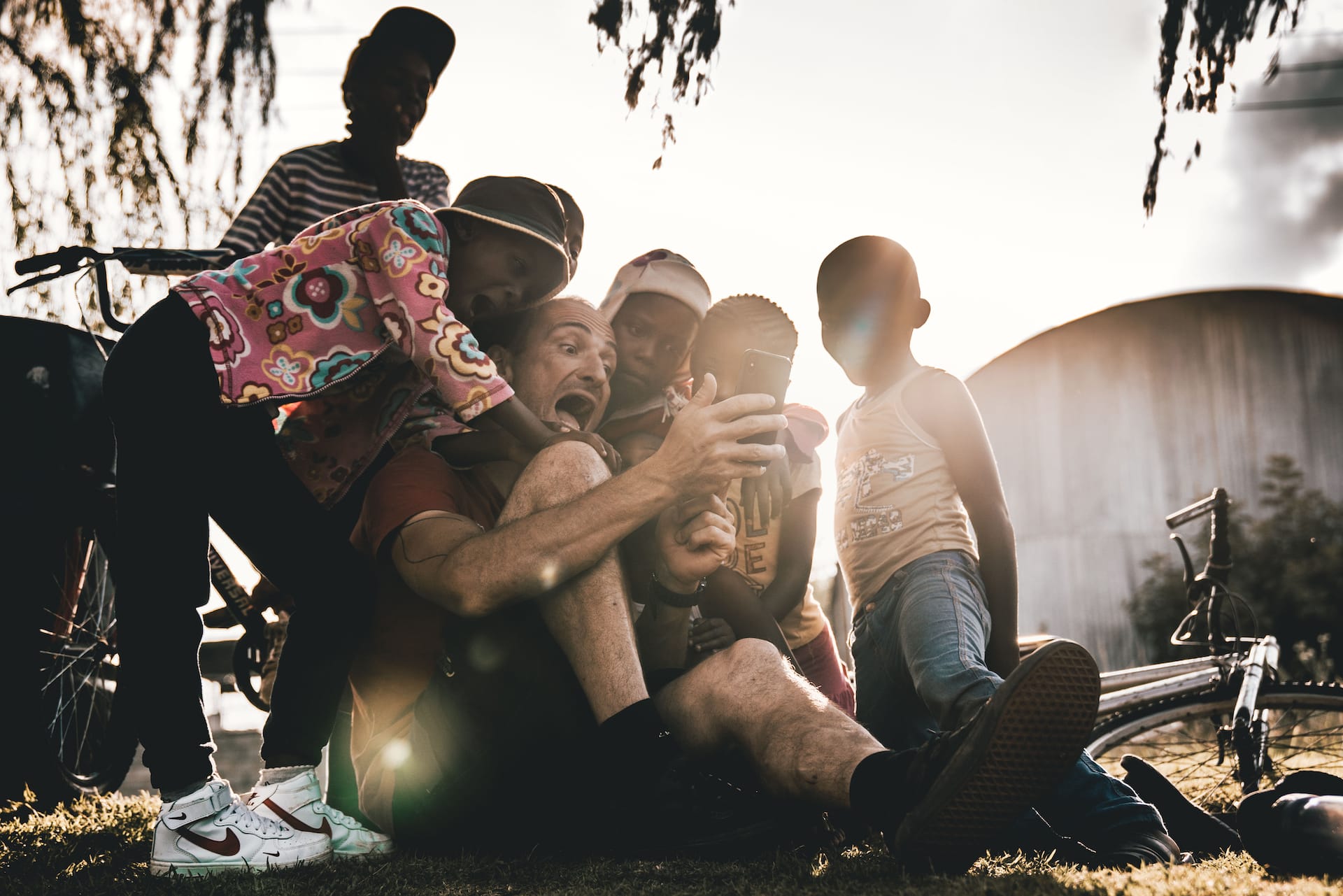
Using fundraising campaigns, Velosolutions builds asphalt pump tracks in underprivileged communities with the aim of making cycling and other action sports more accessible and to promote a more tolerant future. The first project was back in 2017 in Lesotho and Velosolutions paid for everything – the track was a great success in the community. “Compared to the regular Velosolutions projects, Pump for Peace builds are vastly more complicated.” To make the model more sustainable for the business the only way forward was to initiate fundraising campaigns like the Neverresting race with cross-country racing superstar Nino Schurter to fund future builds. So far the organisation has completed eight projects in four countries with many more in the pipeline.
This leaves me intrigued as to just how much it costs to build a pump track in these communities. “Well, in Uganda we are talking approximately €100,000 worth of funding. They had no money at all. We had to come up with the entire budget as they were not able to secure any sponsorship to provide the asphalt, crushed stone or even the machinery. I can’t give exact numbers, as you can imagine every project is varied and very different.” With this in mind Claudio went on to explain the next 12 months in his diary might be the busiest yet for Pump for Peace with Uganda in June, Armenia in July, and then potentially a second track in Uganda in September. Recent collaborations with Pump for Peace include Crank Brothers releasing their red mountain bike shoe at the Fort William World Cup round, and Troy Lee Designs dropping a red trail helmet at the Leogang World Cup round. Both brands are donating a percentage of sales to Pump for Peace. The proceeds will contribute towards building a pump track in Kathmandu, Nepal, before the end of 2022 and more projects in the future.
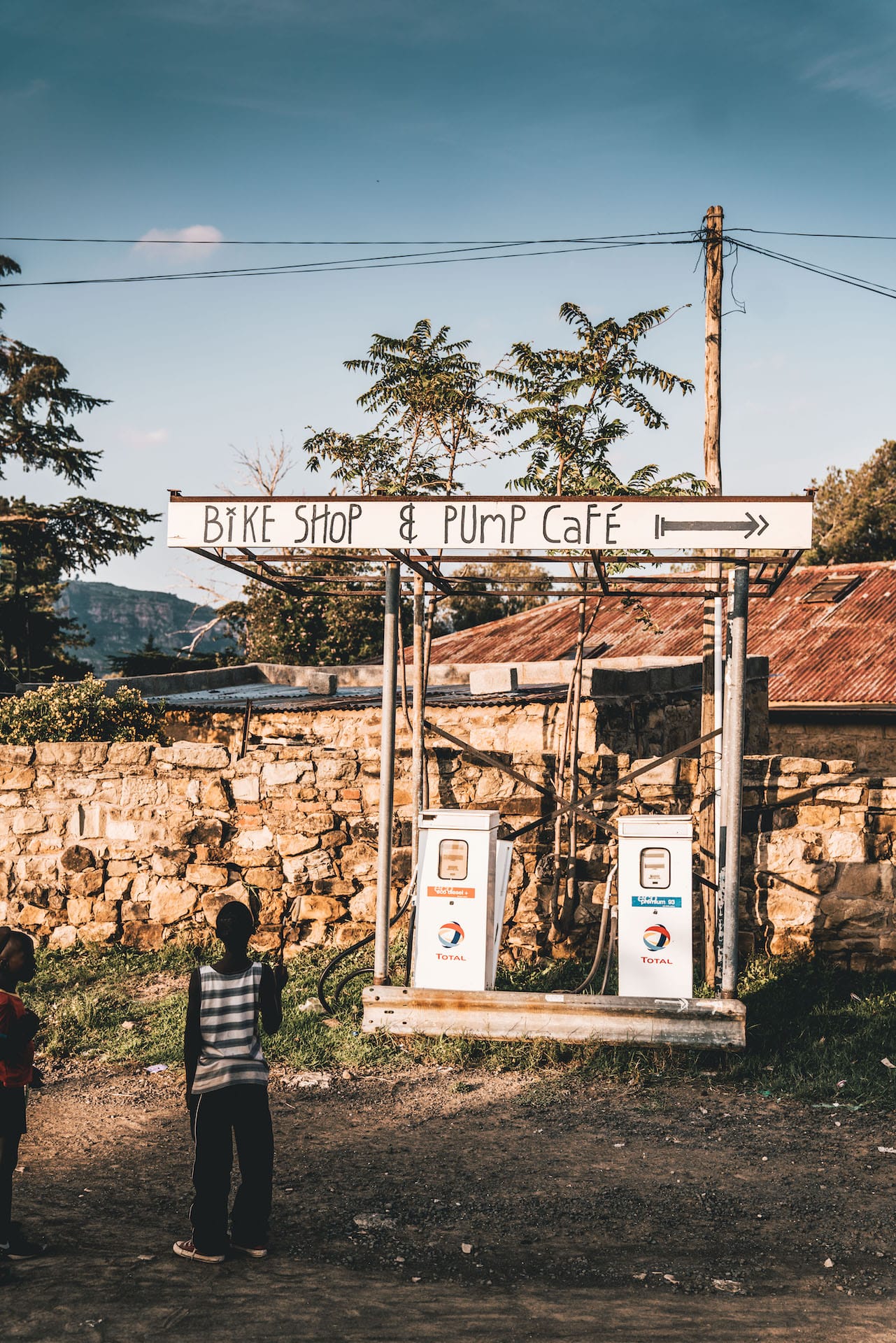
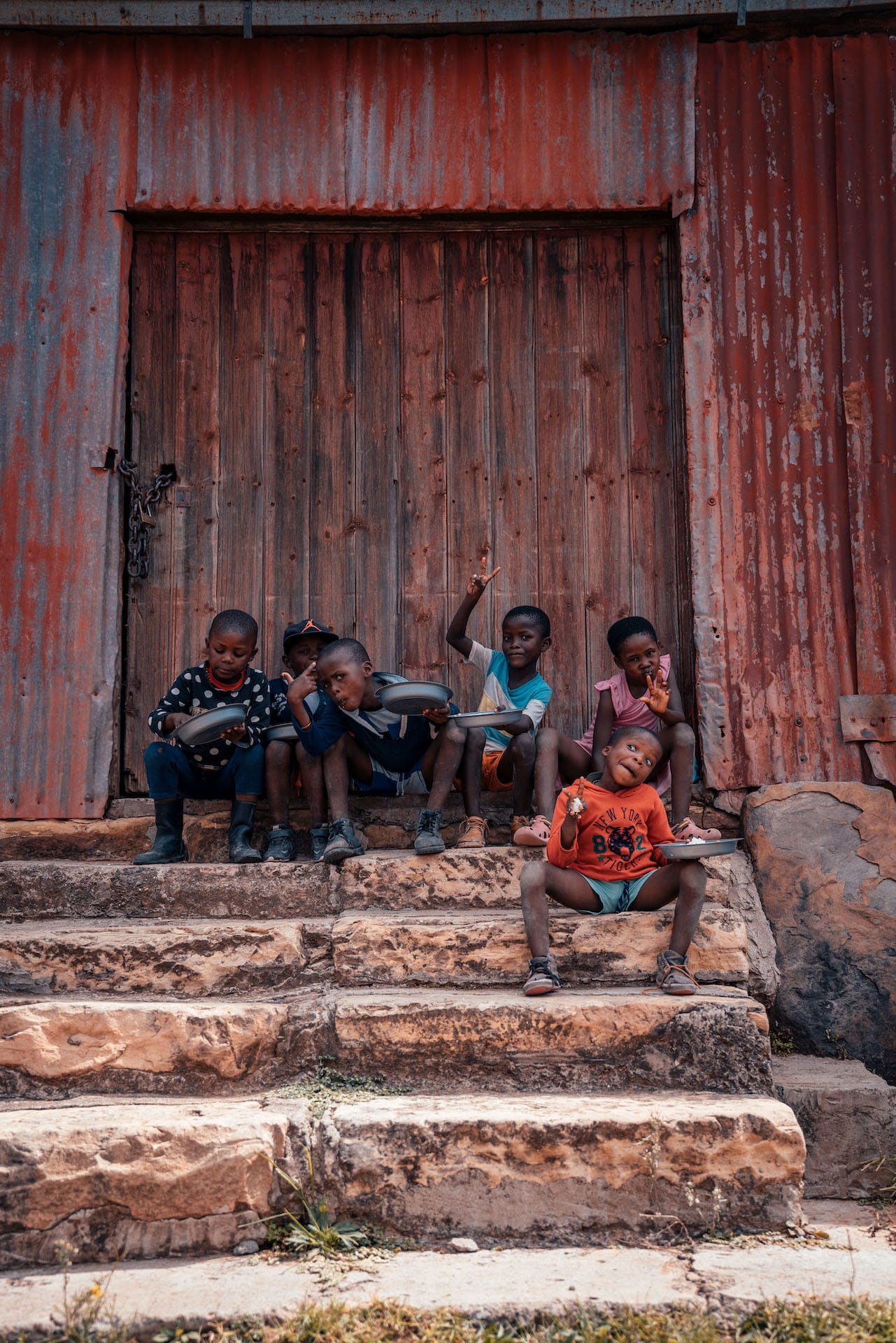
Then we delve into the upcoming project in Zimbabwe with some park rangers. This is a different kind of initiative for Pump for Peace and one that Claudio is clearly very amped about. Anyone who’s heard Claudio’s voice on his commentary could tell you that he is an excitable character, yet I could sense a prominent bubbling in his tone. “We came up with this cool idea that if they had e-MTBs they could quietly sneak up on poachers and animals, more so than using motorcycles, and they would be faster at covering the ground than if they just do it on foot. I’ve recently become a brand ambassador for Rotwild and the plan is to kit the park rangers out with Rotwild bikes that have been specially designed for their unique needs.”
Back to the race
The Pump for Peace project is still growing – the initiative is larger than just the Velosolutions-supported pump track builds and, dare I say, even bigger than the Swiss man himself – Claudio is undoubtedly going to get even busier. From the park rangers of Zimbabwe to starting an international cross-country race team for the 2022 season featuring riders from countries with developing systems of government makes acquiring visas, travel and even postage of kit difficult, if not nigh on impossible. The Pump for Peace cross-country team is headed up by Swiss marathon racer and team manager Ariane Lüthi. Alongside Ariane is Iranian rider Faranak Partoazar, who was struggling with her cycling federation and it looked unlikely she would be able to compete at the World Cups. Her home country of Iran doesn’t want women to ride bikes. Ariane suggested that they create a World Cup team so Faranak isn’t forced to rely upon her federation. They then reached out to Tumelo Makae, a racer from Lesotho (where the first Pump for Peace project took off). Tumelo rounds out the three rider team roster that is stipulated by the UCI for a team to compete at World Cups.
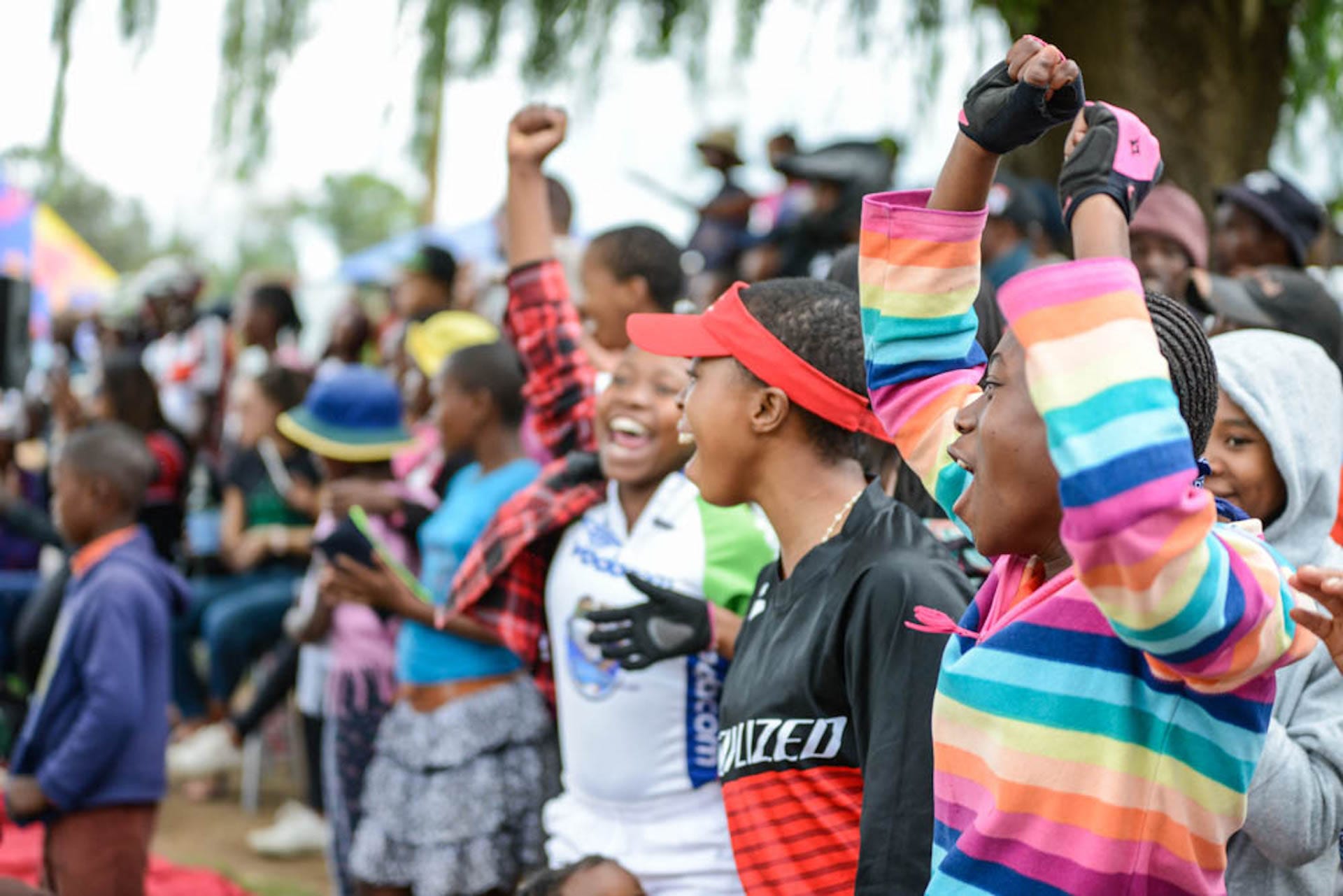
That is still only the tip of the iceberg for the Pump for Peace programme – they have their fingers in a multitude of pies. Before the international team was formed they already supported a female youth development team that consists of mountain bikers from the townships of Durban. Alongside Pump for Peace, Claudio, combined with his team at Velosolutions, is also responsible for creating the UCI Pump Track World Championships. This year’s finals will be hosted in Santiago de Chile in South America. By developing the facilities in these underprivileged communities it unlocks the same opportunity for everyone to qualify for the finals, giving these kids in Uganda, Lesotho, Nepal, Zimbabwe the same chance as anywhere else. “The first year of the qualifying event in Lesotho we had loads of riders coming in from South Africa. We have had local riders Mosito Mohapi and Khothalang Leuta win the qualifier and got the opportunity to travel to Switzerland for the World Championships with the help from the Pump for Peace programme building the track in their village of Roma,” Claudio explains.
Boundless energy
I find it incredible Claudio that finds time to sleep; he could be one of the busiest people in the industry. As well as all of the aforementioned endeavours, you can still hear his enthusiastic commentary in the booth this season as part of the Red Bull TV coverage of the UCI Mountain Bike World Cups. But with the rights to broadcast and promote the racing changing from Red Bull (which has covered the events for more than ten years) to Discovery Sports from 2023 to 2030, I thought I would take this opportunity to probe Claudio to see if we will continue to hear his commentary next season. “Nobody knows what’s going on!” he replied. So no inside scoop there. I feel it would be a shame for Claudio not to continue as his voice is somewhat synonymous with mountain bike racing over the years and he certainly did not dismiss that he’d want to continue with the race commentary, but I guess that stopping at the end of this season would allow him more time to concentrate on his ongoing work and newer challenges.
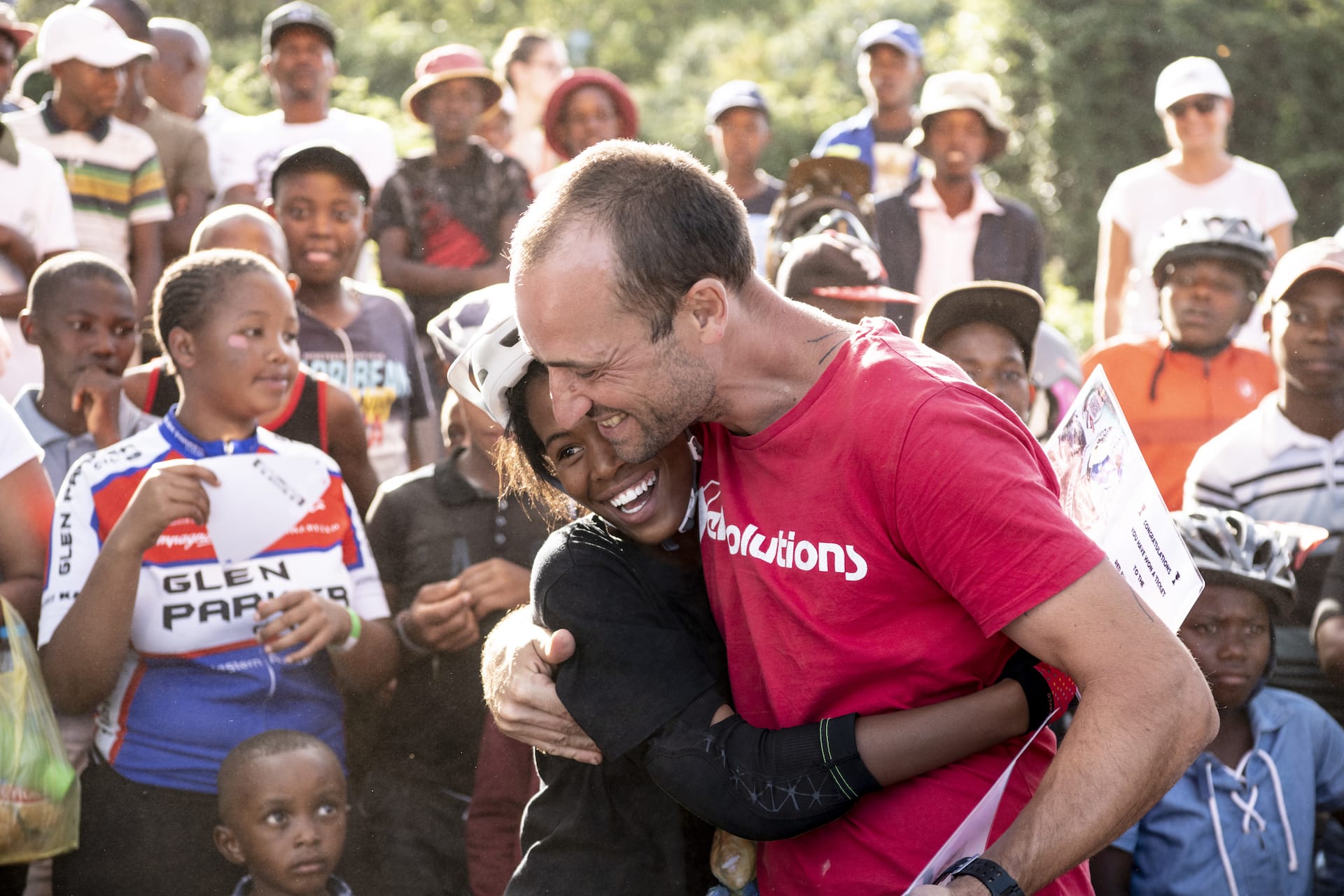
With the spotlight firmly on the topic of concussions and head injuries right now and some of the top mountain bike athletes currently sitting out races while recovering, I wanted to understand if his own injury from his crash in Losinj, Croatia, in 2018 has changed him or the way he rides. “Well Red Bull stopped me from doing the course previews as a result of my crash. I am still riding the same, still on technical trails and still pushing on. I guess the only difference is I am on an e-bike rather than my downhill bike now.” He reassures me that he made a full recovery despite his gnarly scar. He shares my sentiment that brain injuries are serious and it is good to see professional riders taking their time to come back to the track. There is still a lot that needs to be done within the sport, but maybe it’s a story for another day.
We begin to look into the future and I am interested in what Claudio has up his sleeve. I wanted to know if Velosolutions had any exciting plans and if he has a wish list of locations to construct a pump track. With that Claudio lets out his trademark cheeky giggle. “There are obviously always iconic spaces that are super exciting to go to, like when we built the track in New York City right by the Williamsburg Bridge in Brooklyn. It was literally a mind-blowing experience. I mean I was sitting in the excavator with the amazing view of the Statue of Liberty,” he tells me. I’m interested in what Claudio thinks would be the highest level and most rewarding place that they could build a track if they could raise the necessary funding as part of the Pump for Peace programme. He told me that for him it has always been a goal to build in places like Gaza and Afghanistan. “Earlier this year it actually sounded like Gaza was going to happen. We have the Gaza Cycling Federation onboard and we already had a space where we could build it. I was in contact with the Red Cross to organise how we could get into the country. That, as you can imagine, is a difficult situation and complicated to even be allowed to go in there.” Right now that project is a work in progress, so watch this space.
Green energy
With Claudio being an excitable and passionate individual, I was hopeful that he might open up even further. I had already heard whispers of rumours from friends from within the World Cup pit paddock that he had what at first might seem like an elaborate plan to start a more environmentally conscious race team, but I had no idea what this would entail. “Wow, that rumour has really gone around! Yes, well, kind of anyway,” he laughs. “Seriously, people have asked me if I would be interested in taking on another race team; I would reply that I am, but in a very different way to the way teams have been run before.” He went on to explain how just like any respectable modern business, Velosolutions is continually looking at ways to become more sustainable and green. They have already rolled out changes within the team in Switzerland, building two trails in the mountains that are 100% electric and without burning one single litre of diesel. Claudio would look to employ a similar ethos with any new race team. “Instead of using a normal diesel-powered truck we would look at using something like a Tesla electric truck. It would mean taking a good look at waste, how many tyres we are throwing away each weekend.” He expanded further, suggesting that maybe they wouldn’t fly to races overseas and that there would need to be a whole new concept with much more emphasis on being environmentally conscious with travel and the team’s carbon footprint.
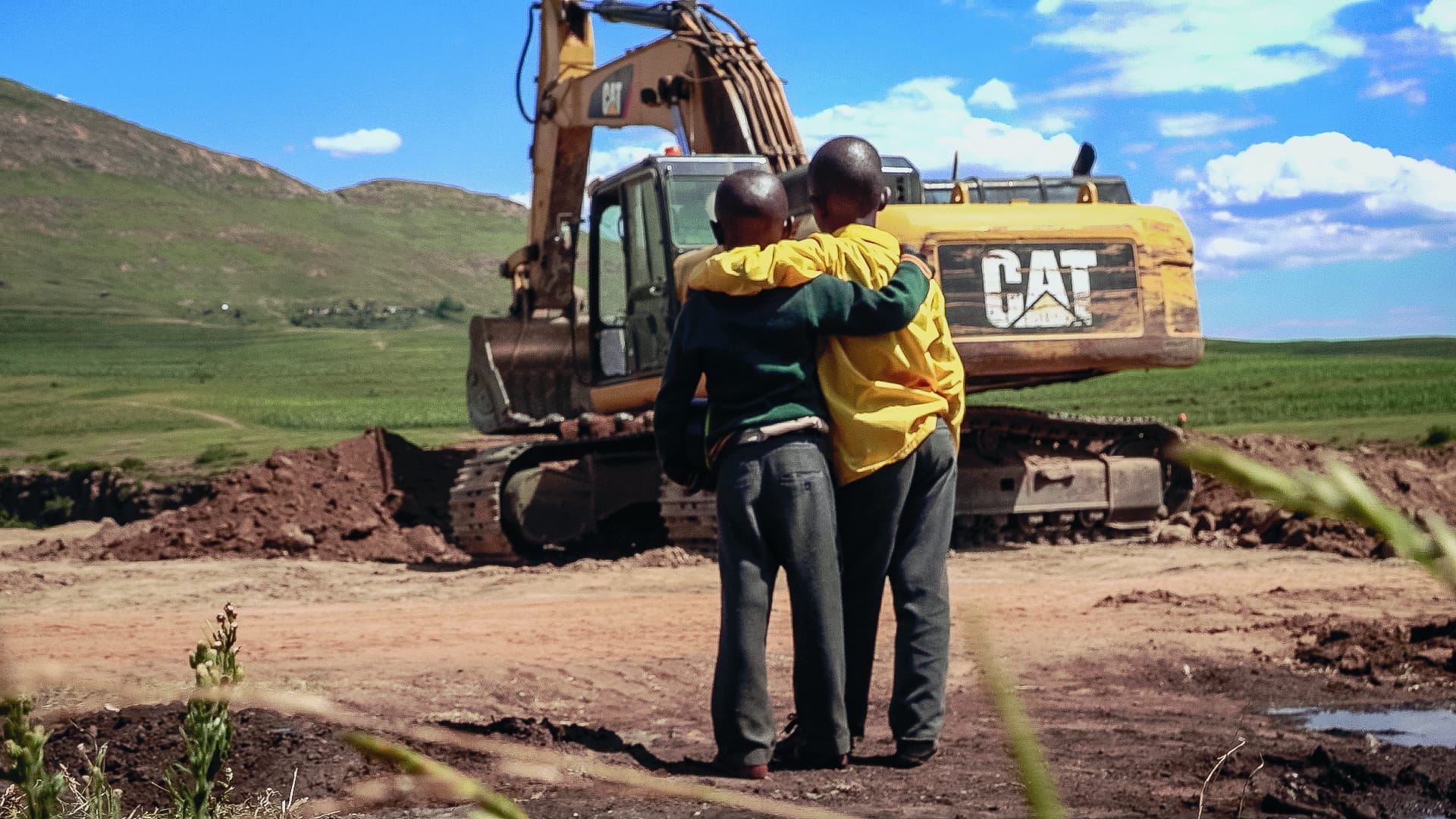
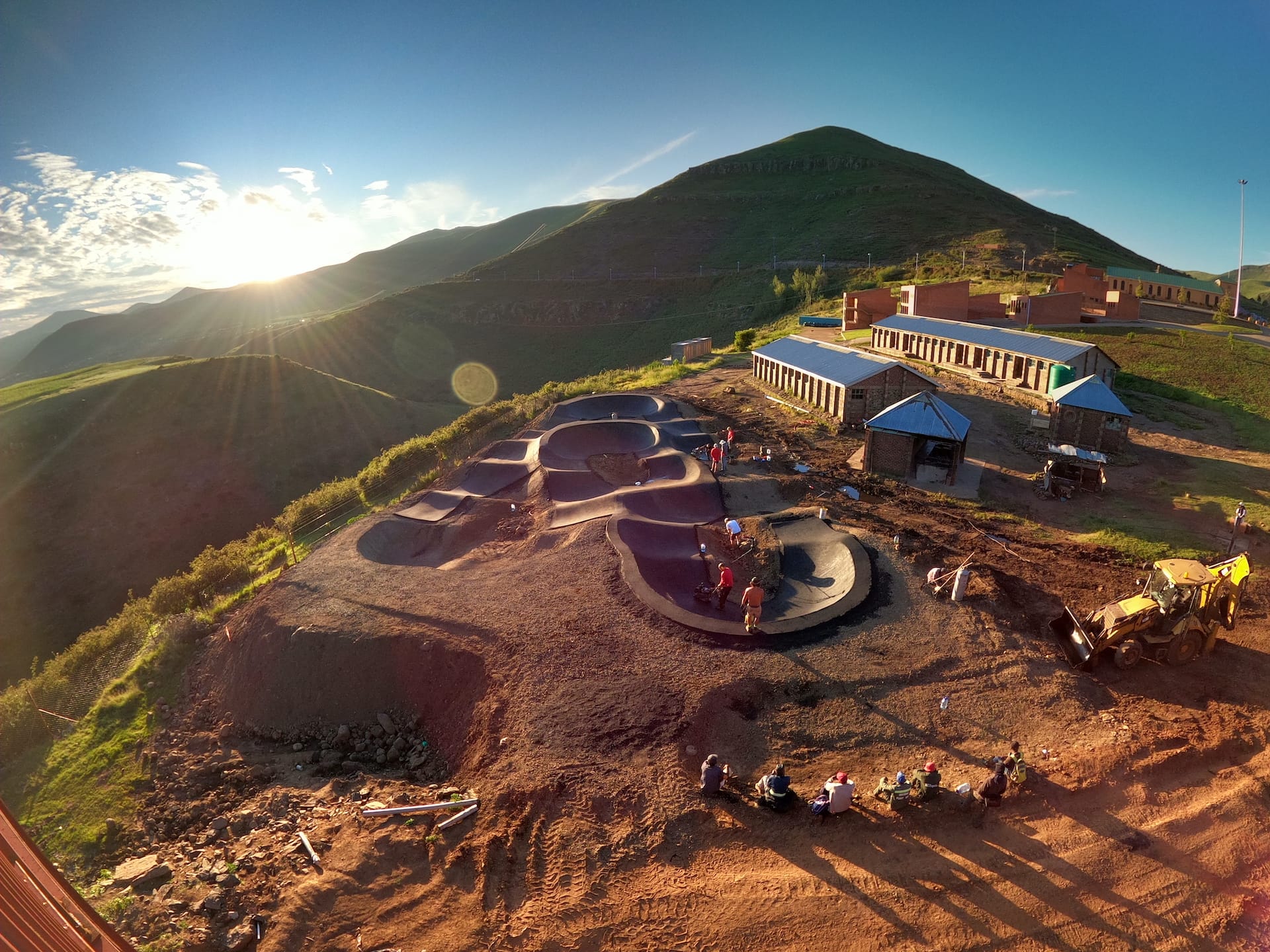
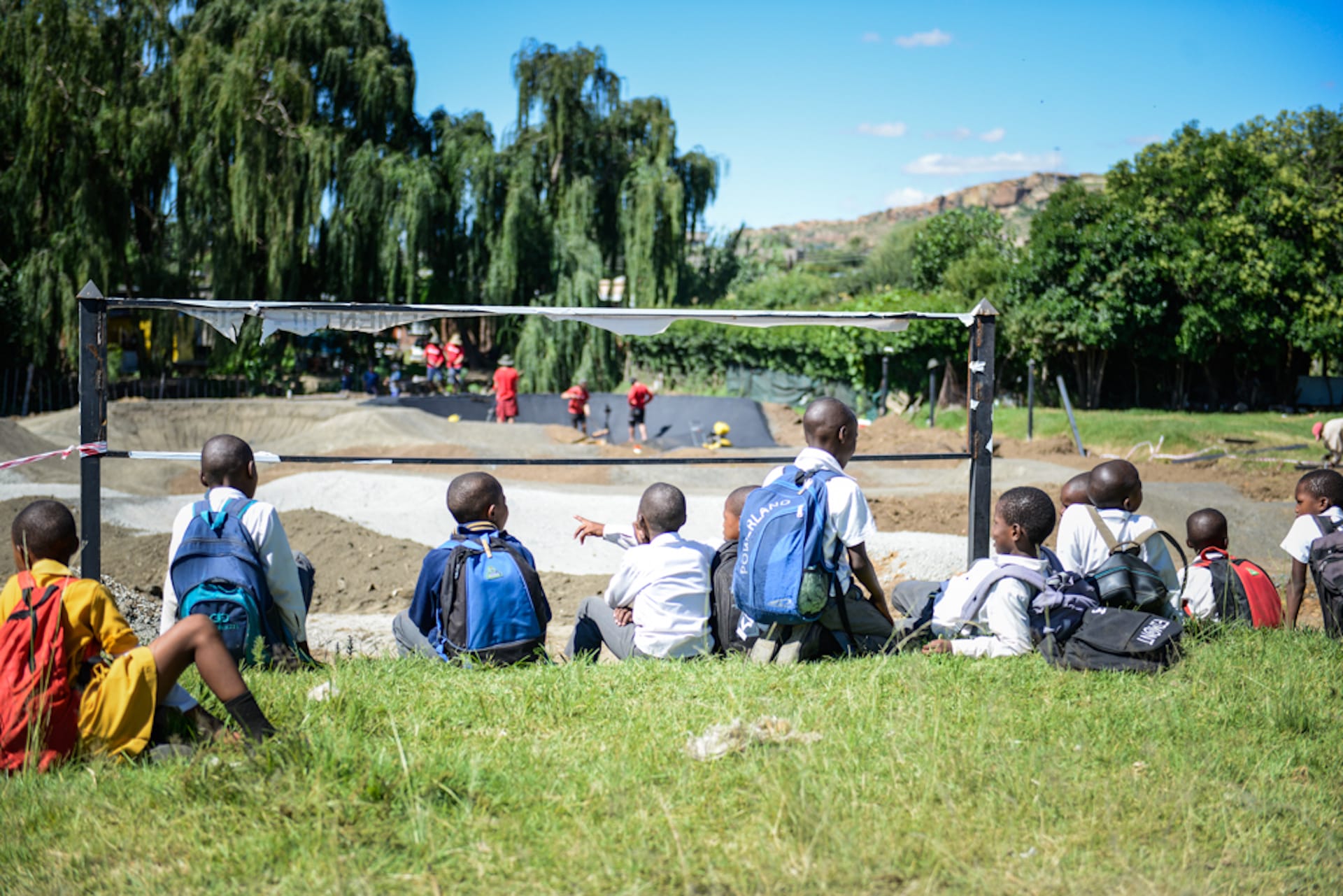
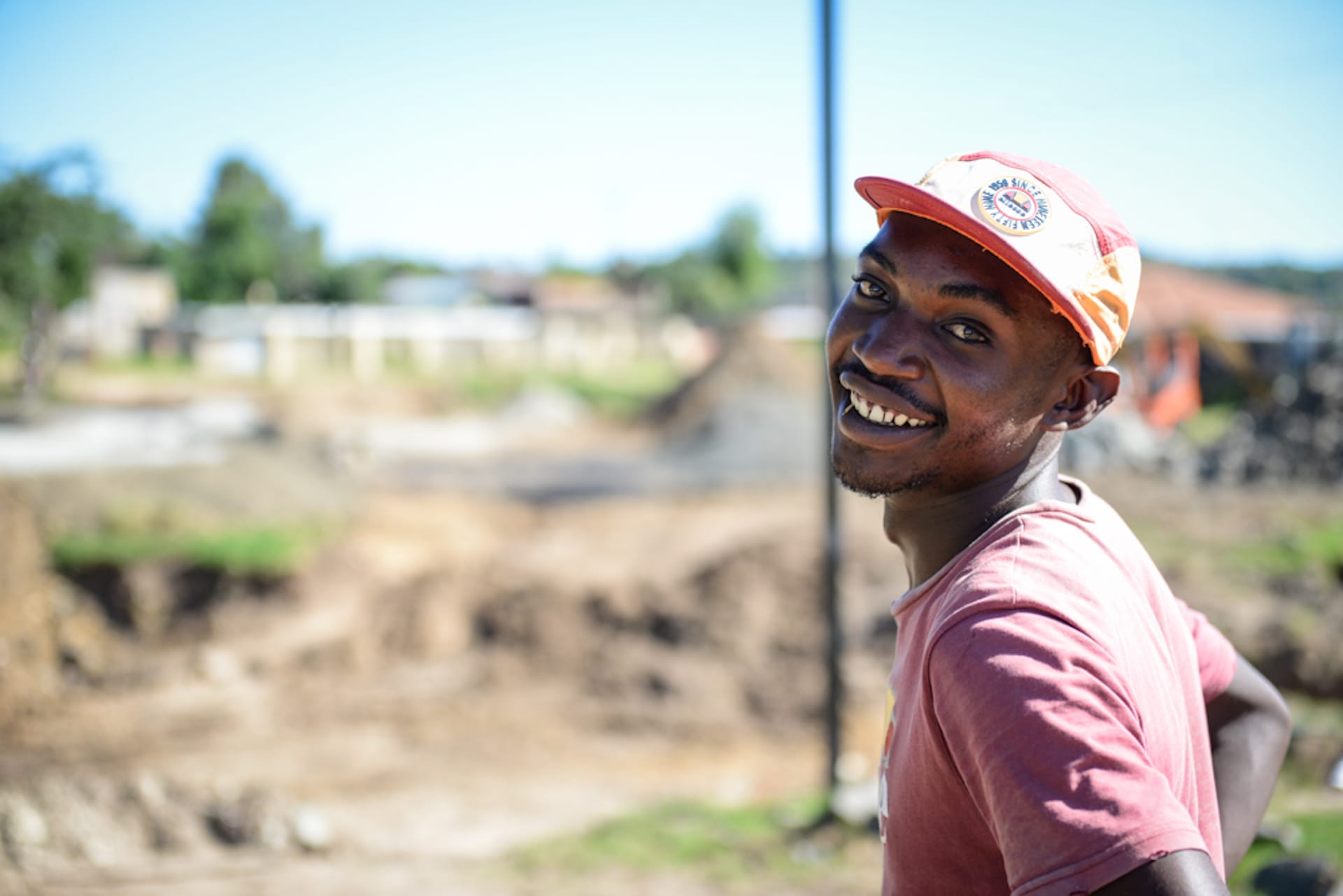
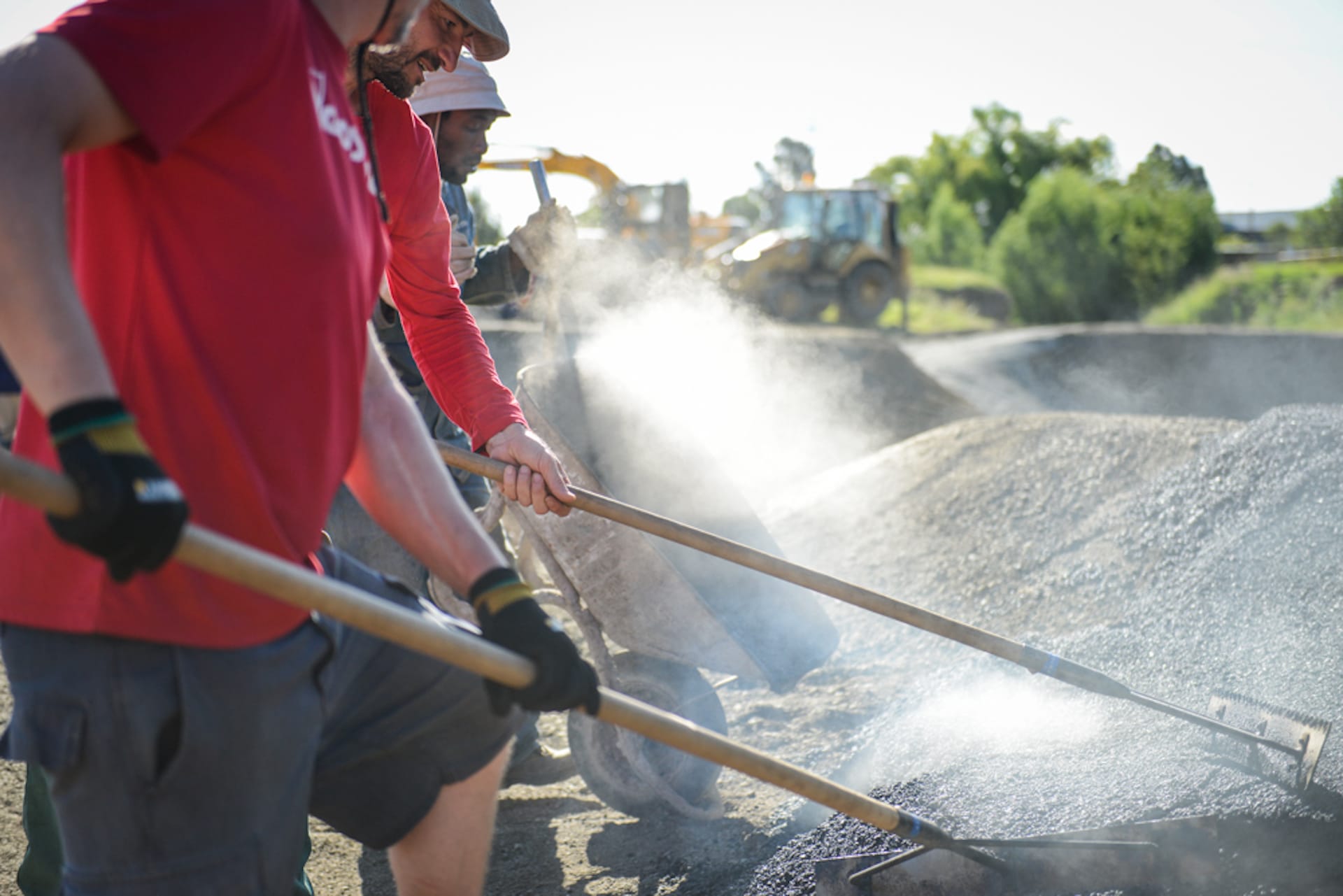
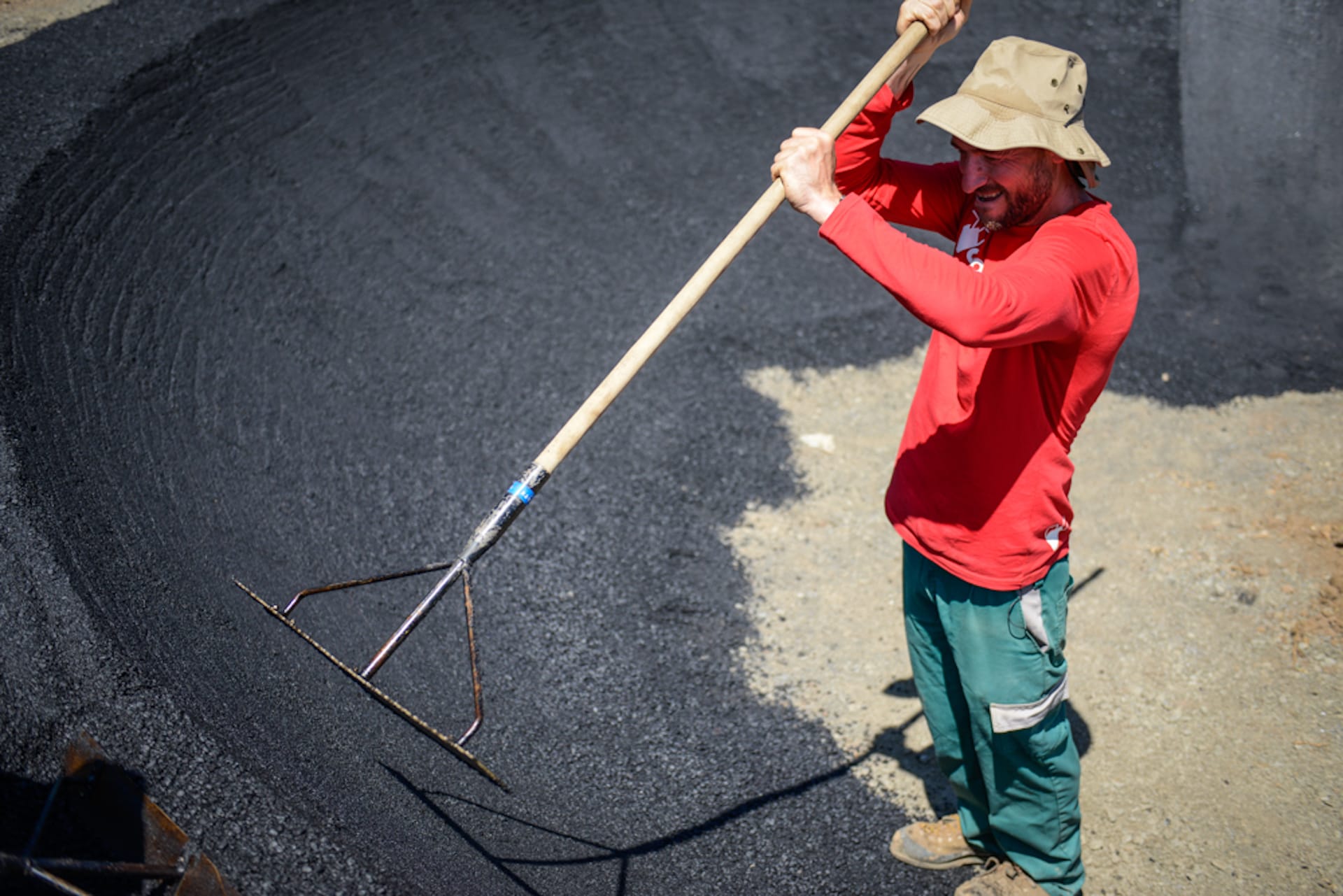
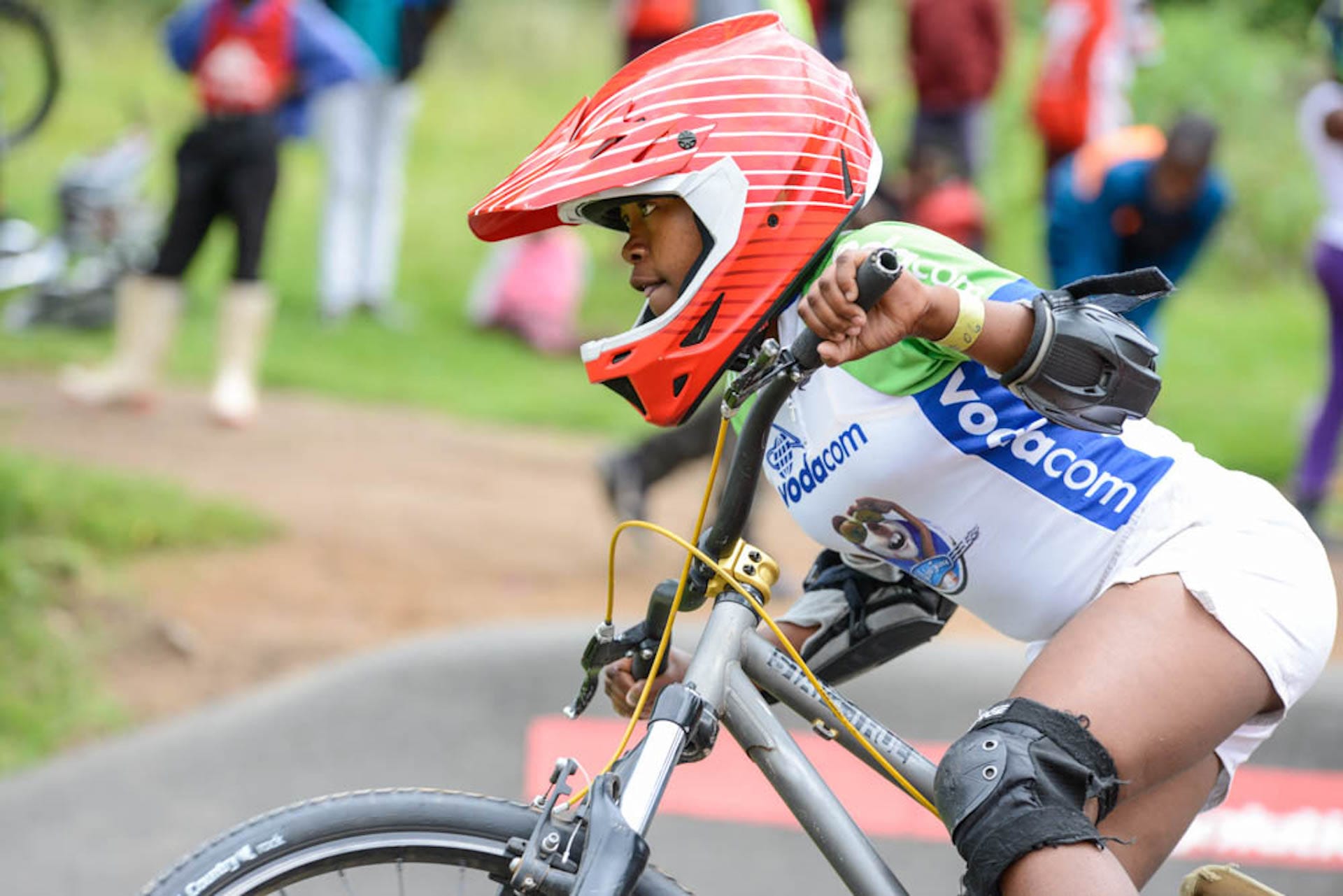
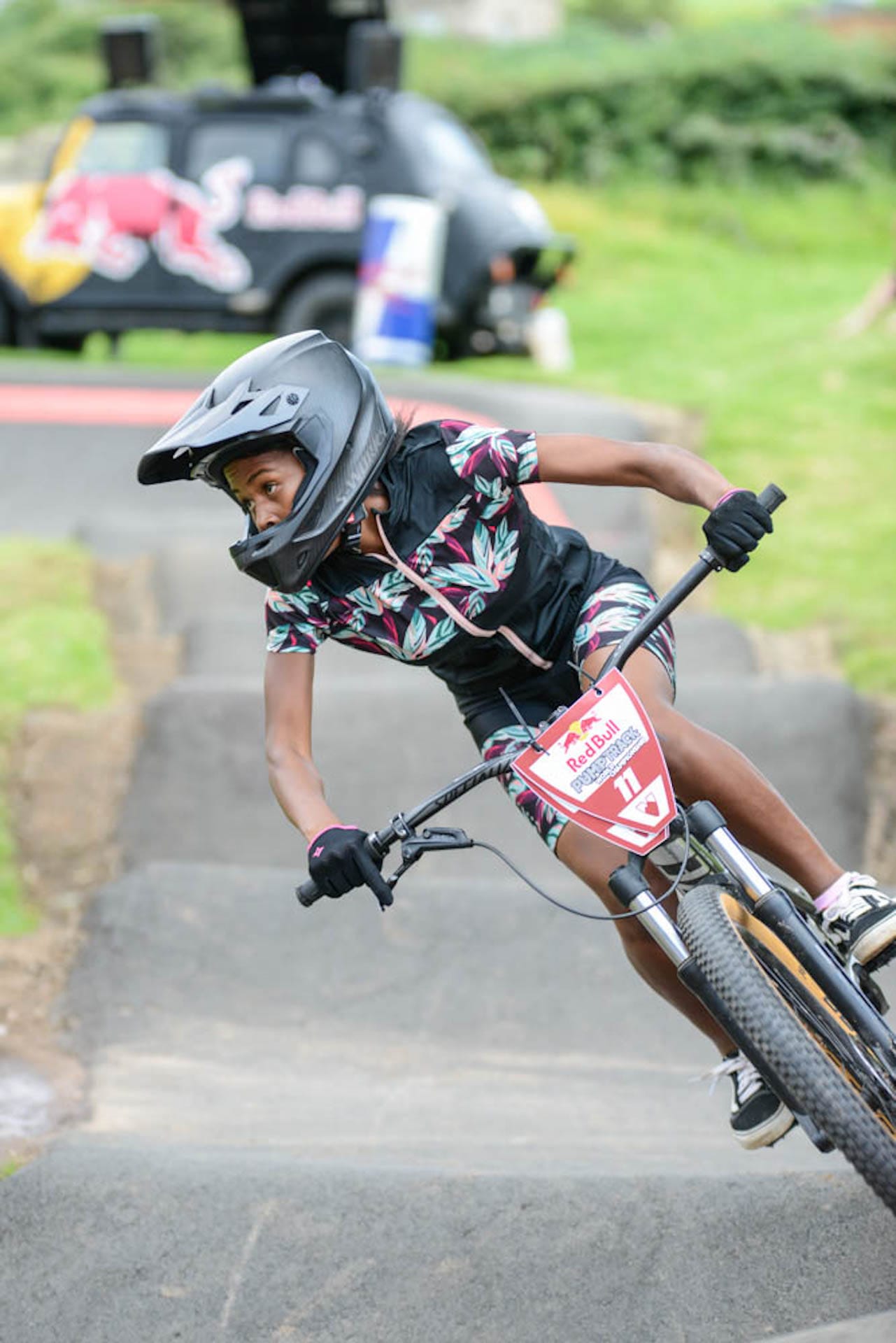
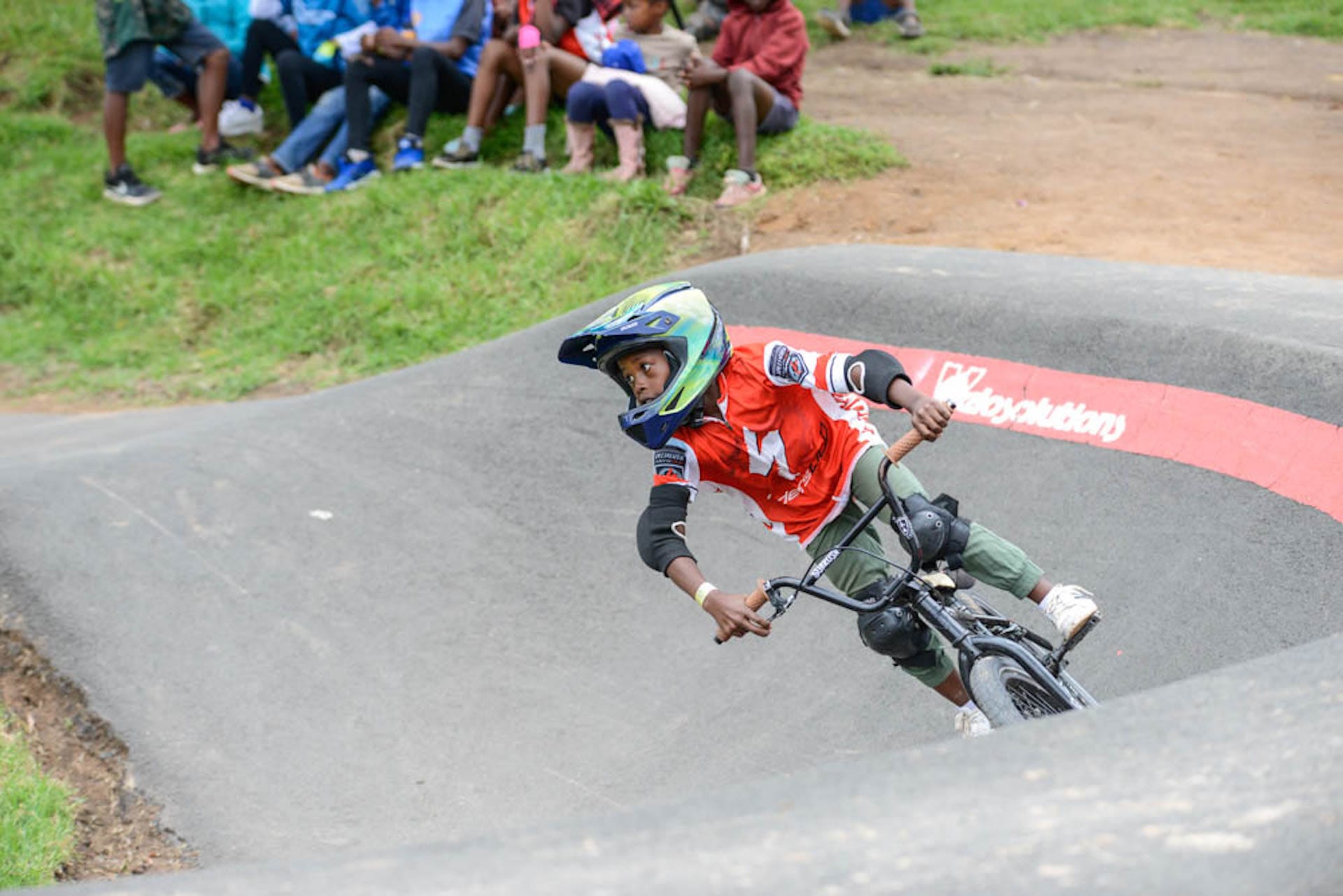
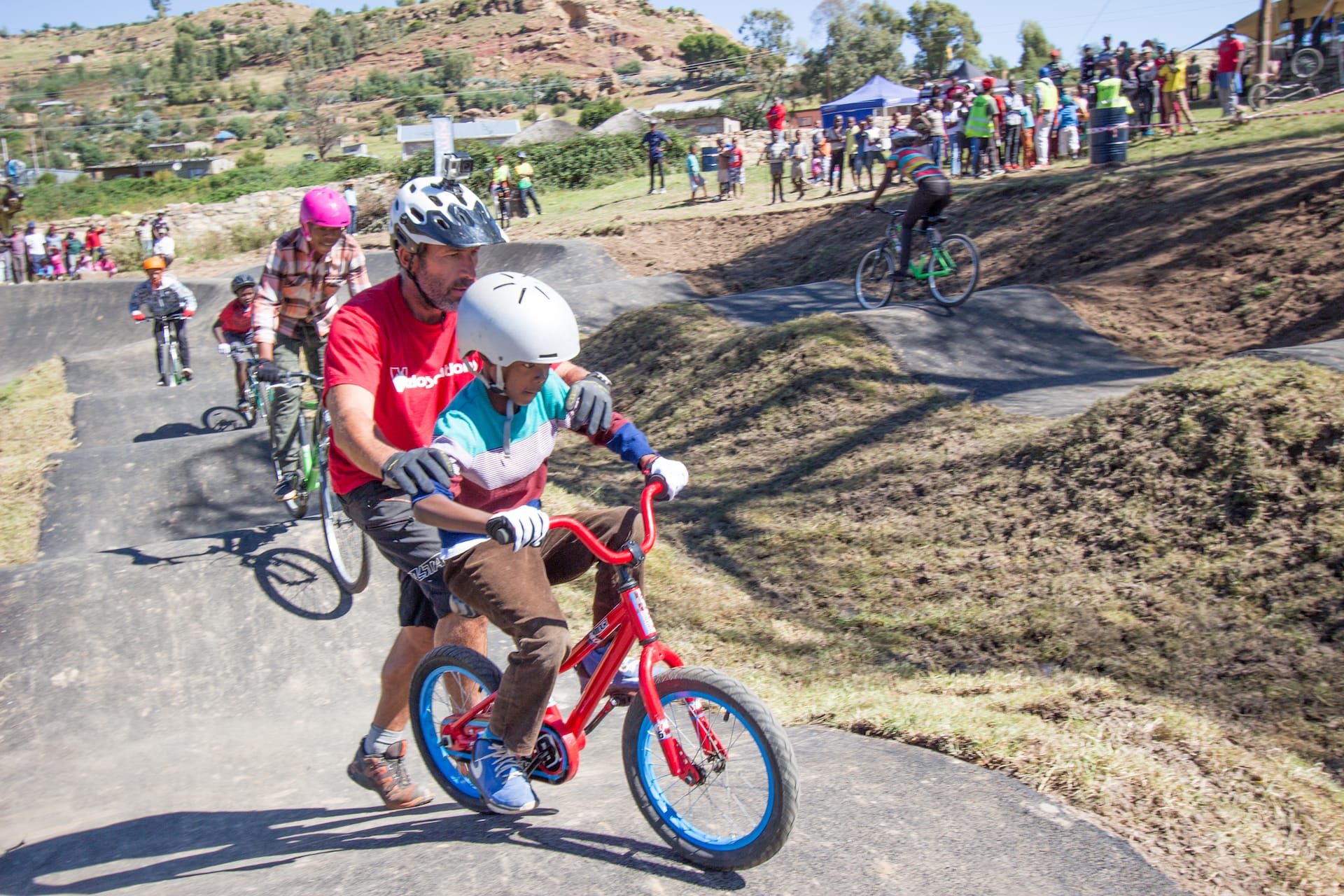
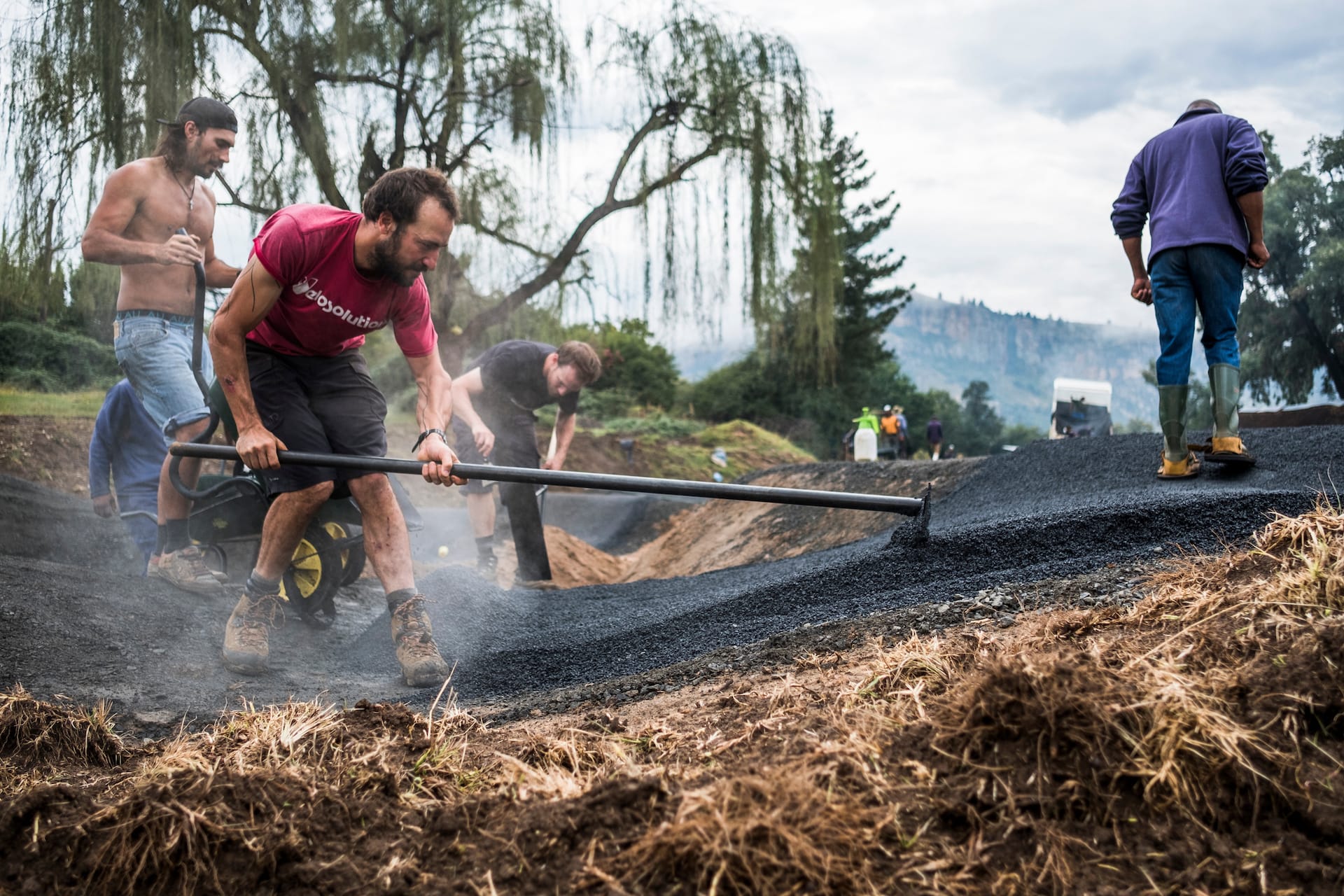
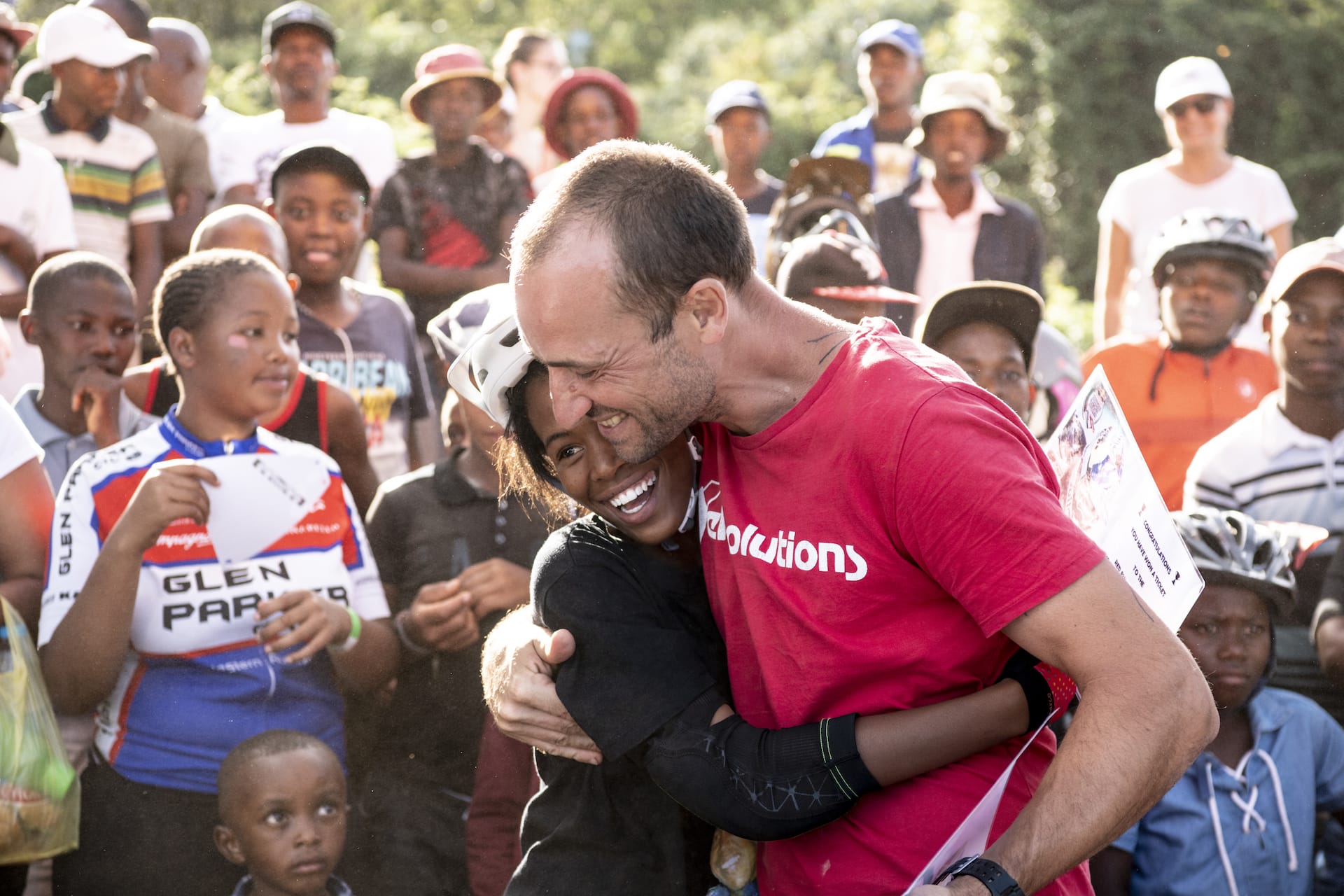
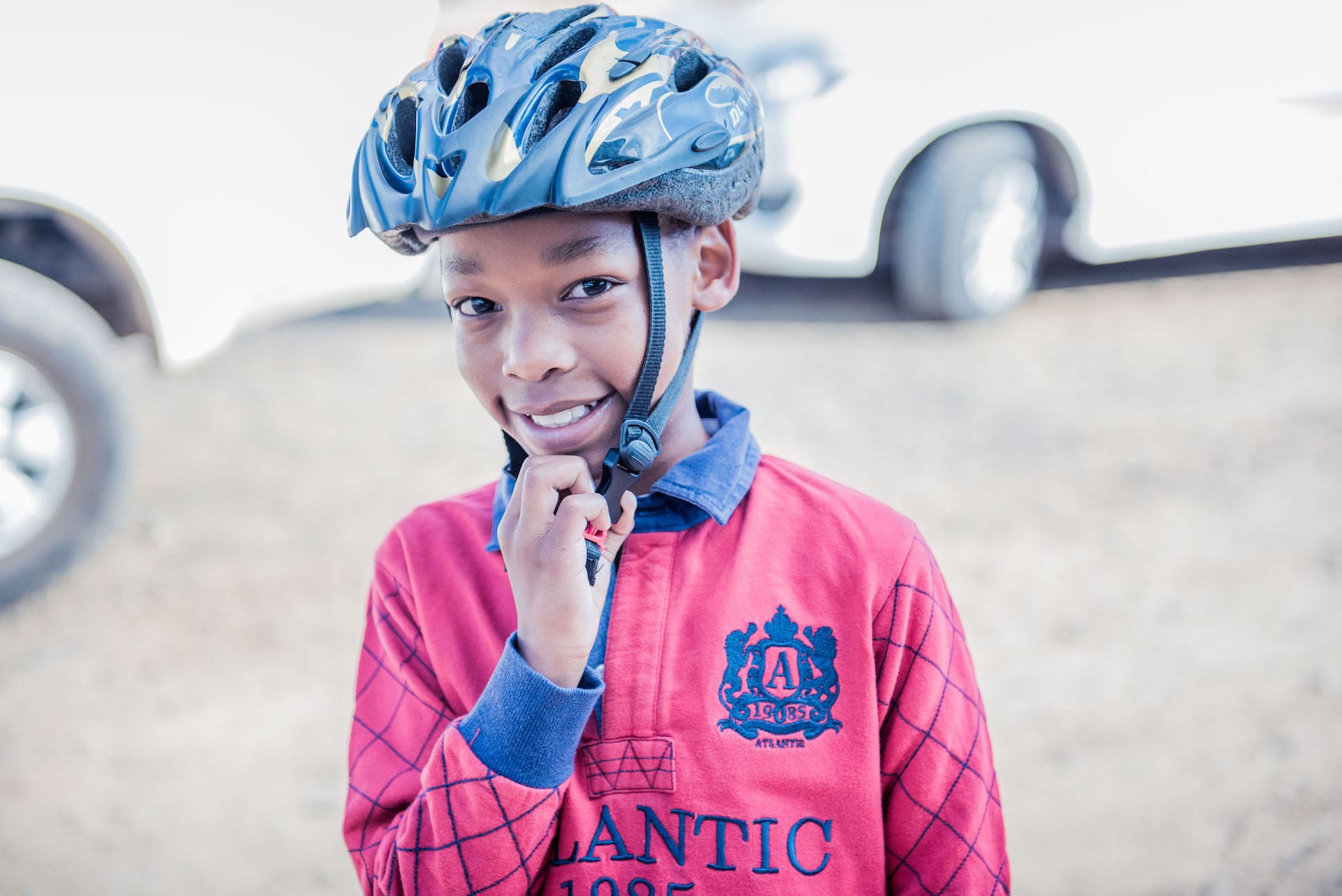
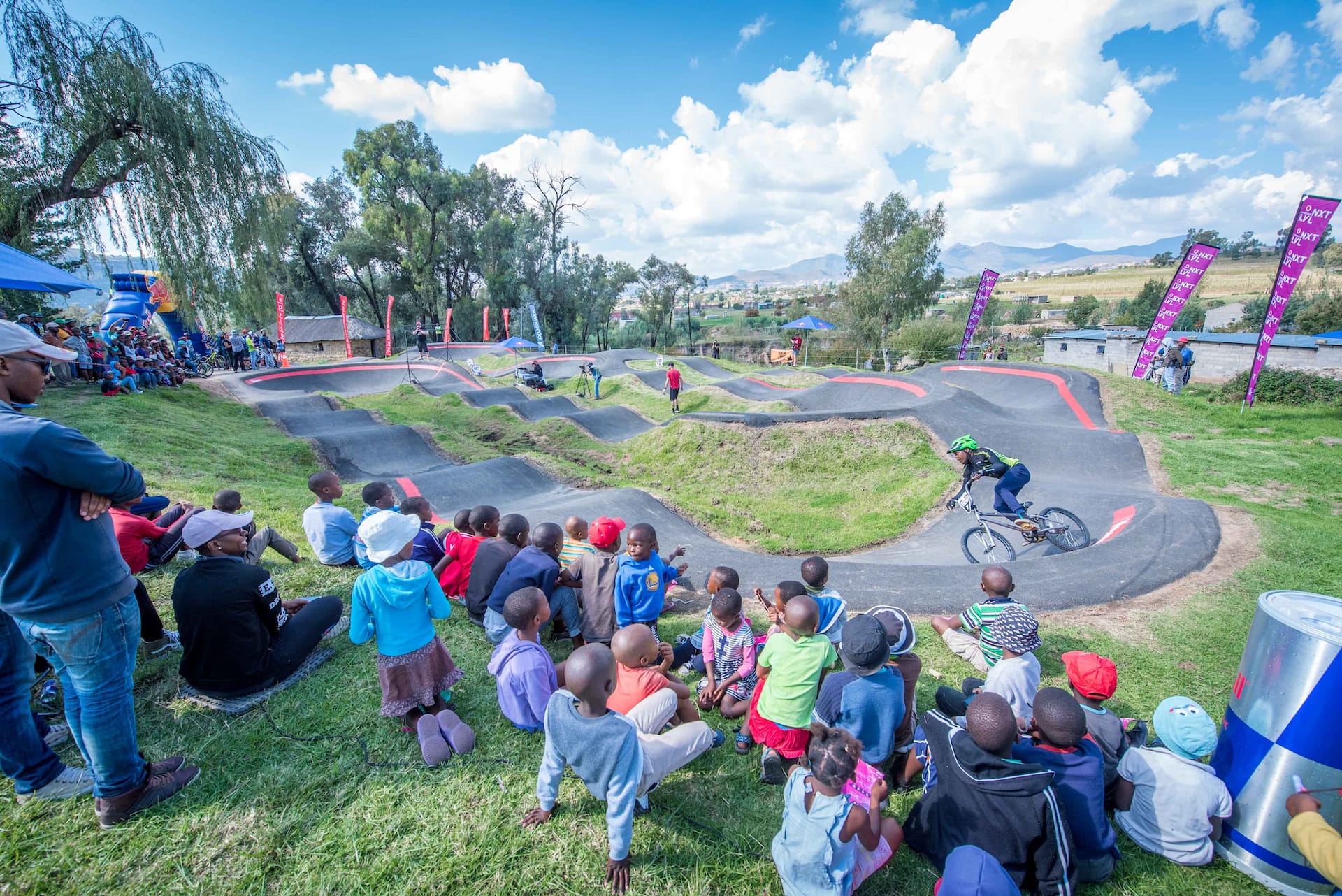
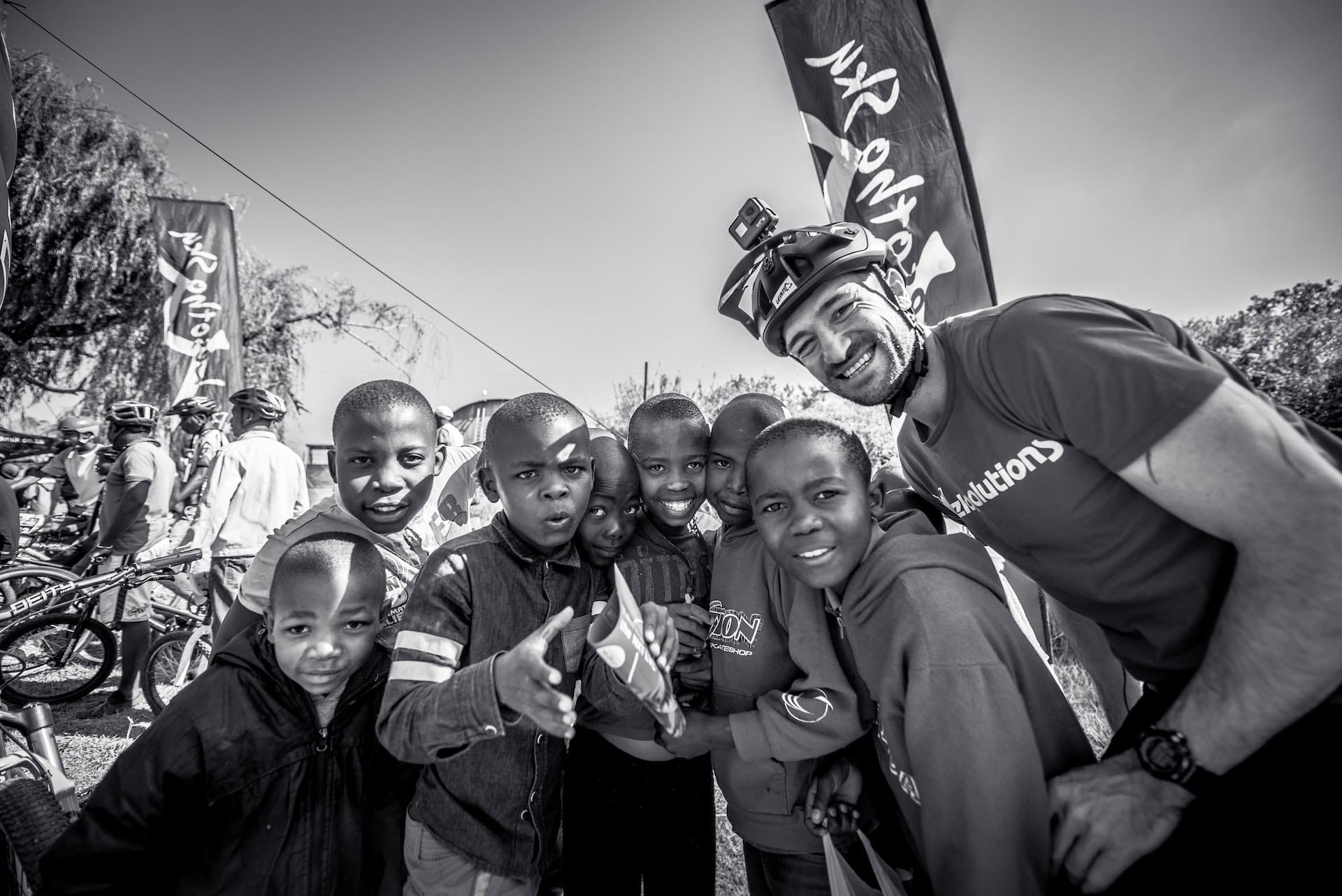
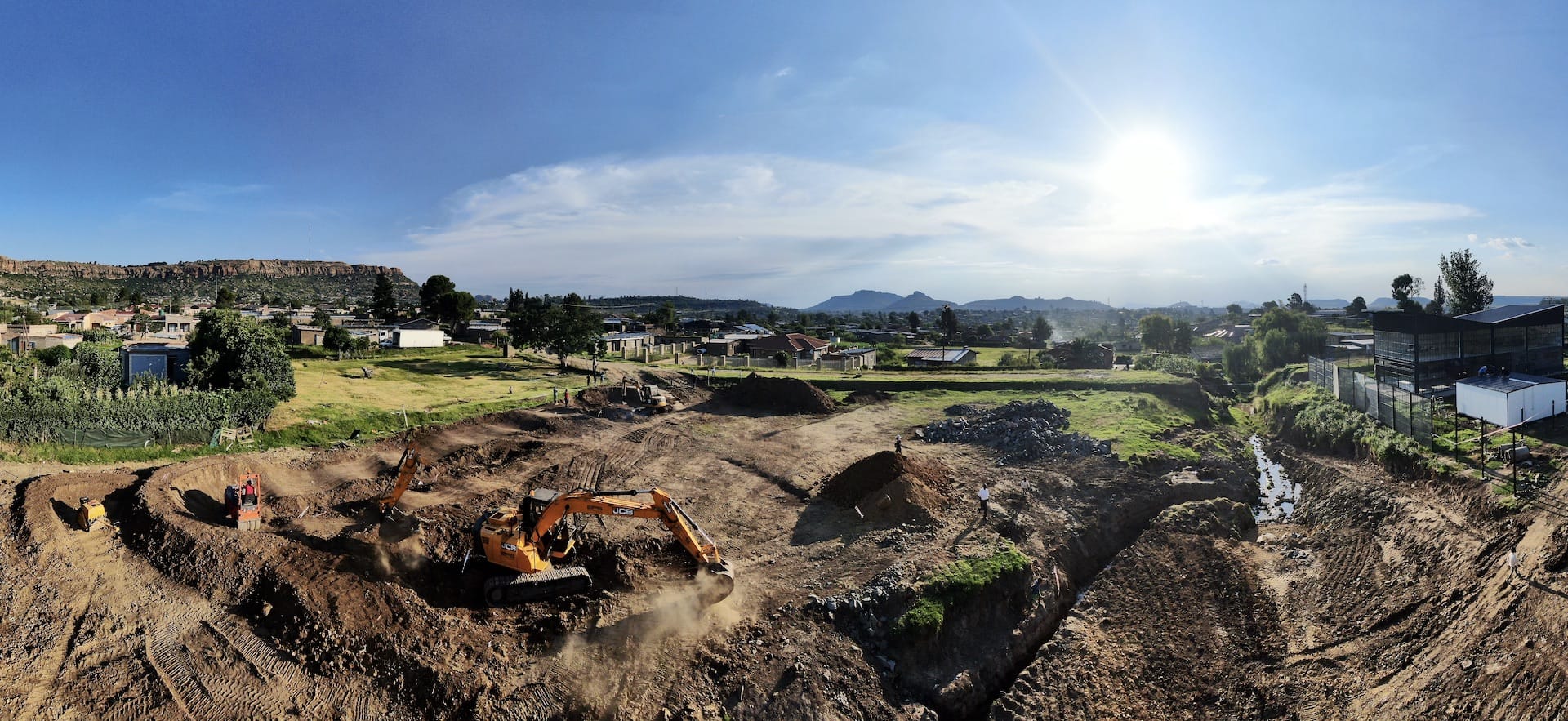
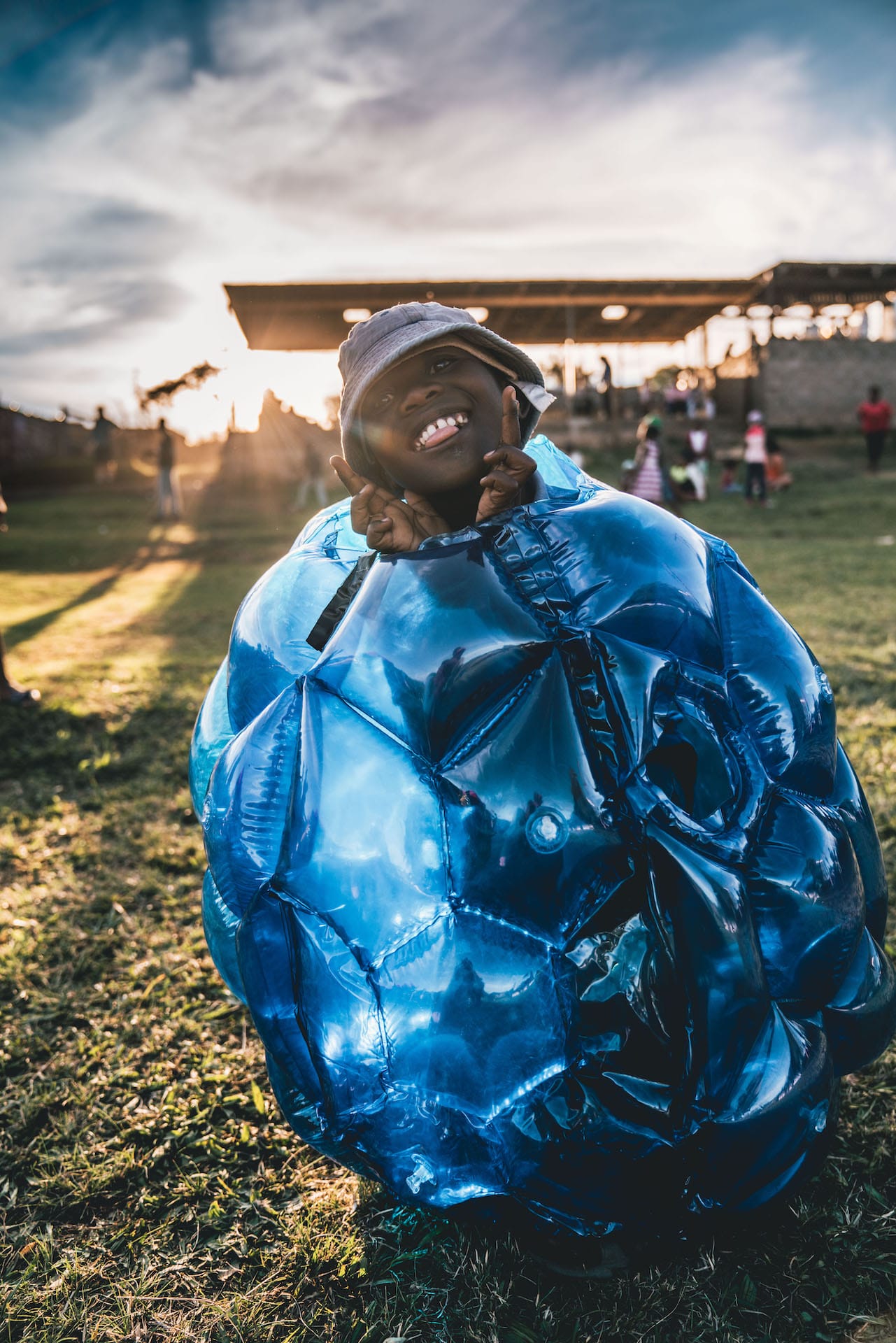
Our conversation gathers momentum and I realise that the man never stops thinking and is always looking at ways to improve. Claudio is on a roll and I am captivated. “The main idea is to create a Velosolutions Farm. A place that I want to represent all of our values. Not just riding bikes, but also using renewable energy, growing our own organic vegan foods, with creative things like music.” He talks of a retreat, a place that is inclusive to all, of course with a pump track and trails. The camp could host professional athletes and also be somewhere that Velosolutions staff can come and stay to unwind during downtime between construction projects. This ‘mecca’ just sounds amazing to me and in anticipation I can’t help but to cheekily invite myself along to stay. In a bid to rein this brainstorm in, Claudio stops me from getting too carried away. “This is not something for today or even tomorrow; this is just a vision that will need work and careful investment – this is the kind of money that I don’t have.” Incredibly they have interest from places such as South Africa, Lesotho, Jamaica, Trinidad, Mexico and Italy as potential hosts for these farms.
The chat draws to a conclusion and I am left both motivated and uplifted. That is just what Claudio does. I don’t think it is something he does consciously. To me he is one of the good ones: a hardworking, passionate individual with a huge heart, an infectious laugh and positive outlook on the world. It is evident to me that Claudio Caluori loves what he does. Many people could gain a lot from spending time in his company. It shows there is life after racing and room to have a more substantial impact on other people’s lives.
